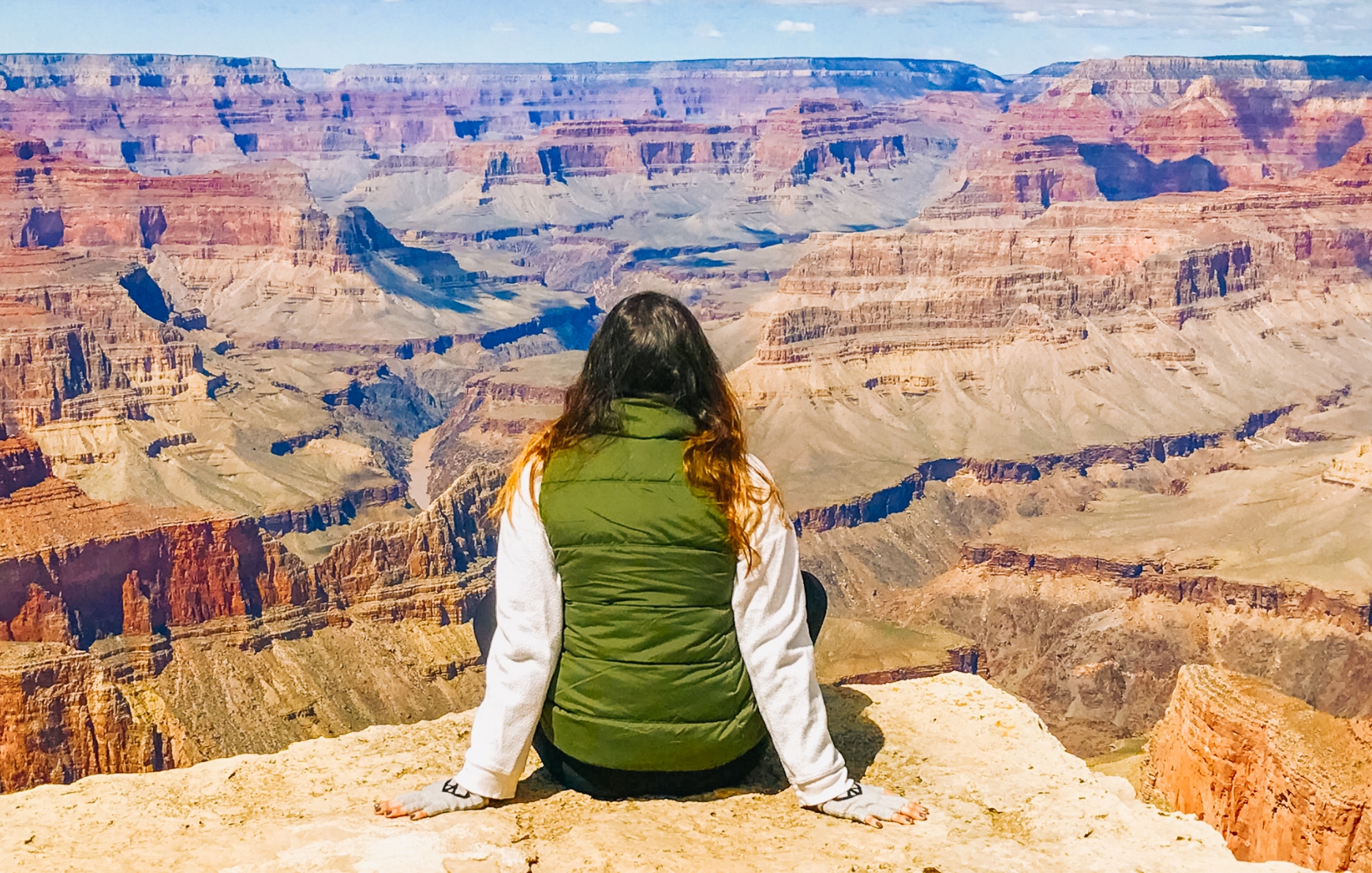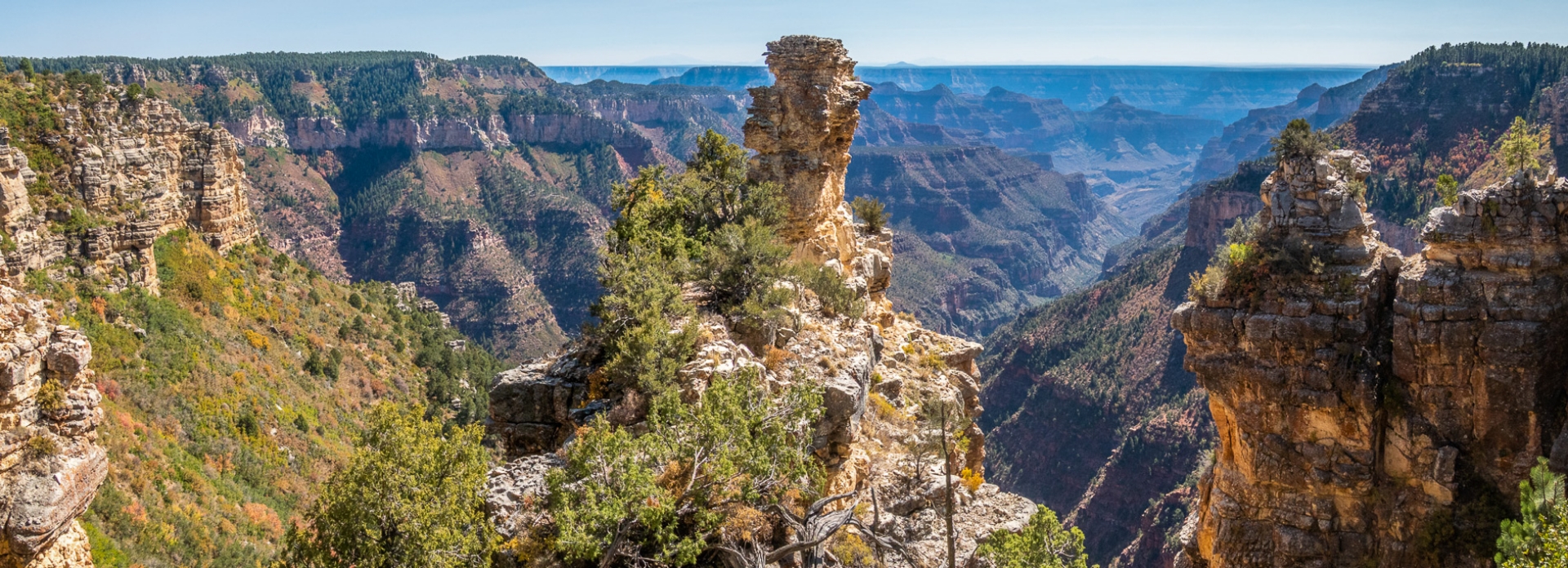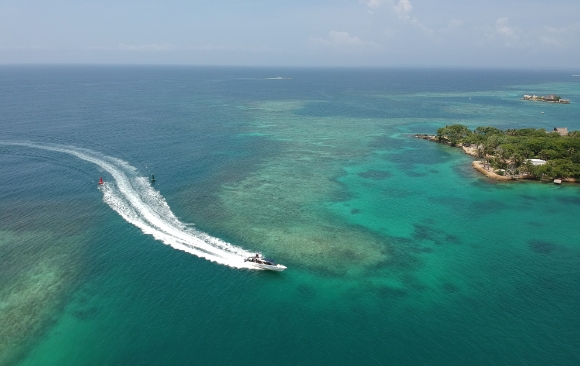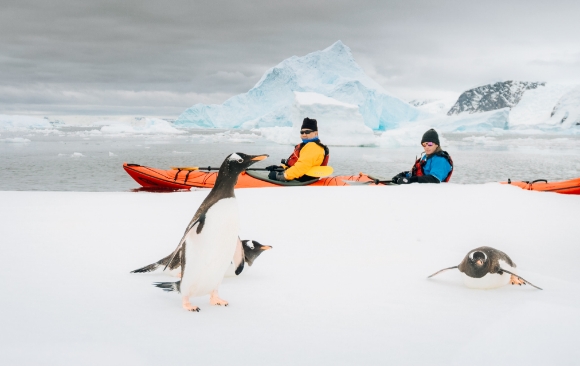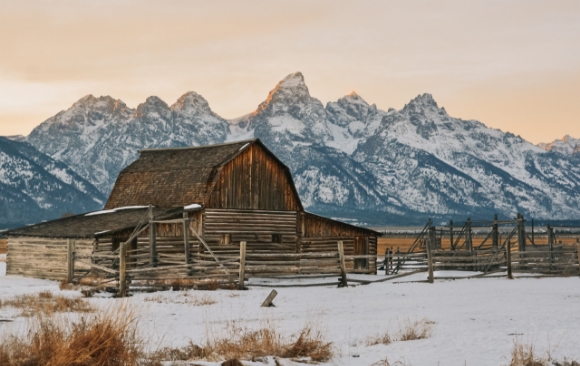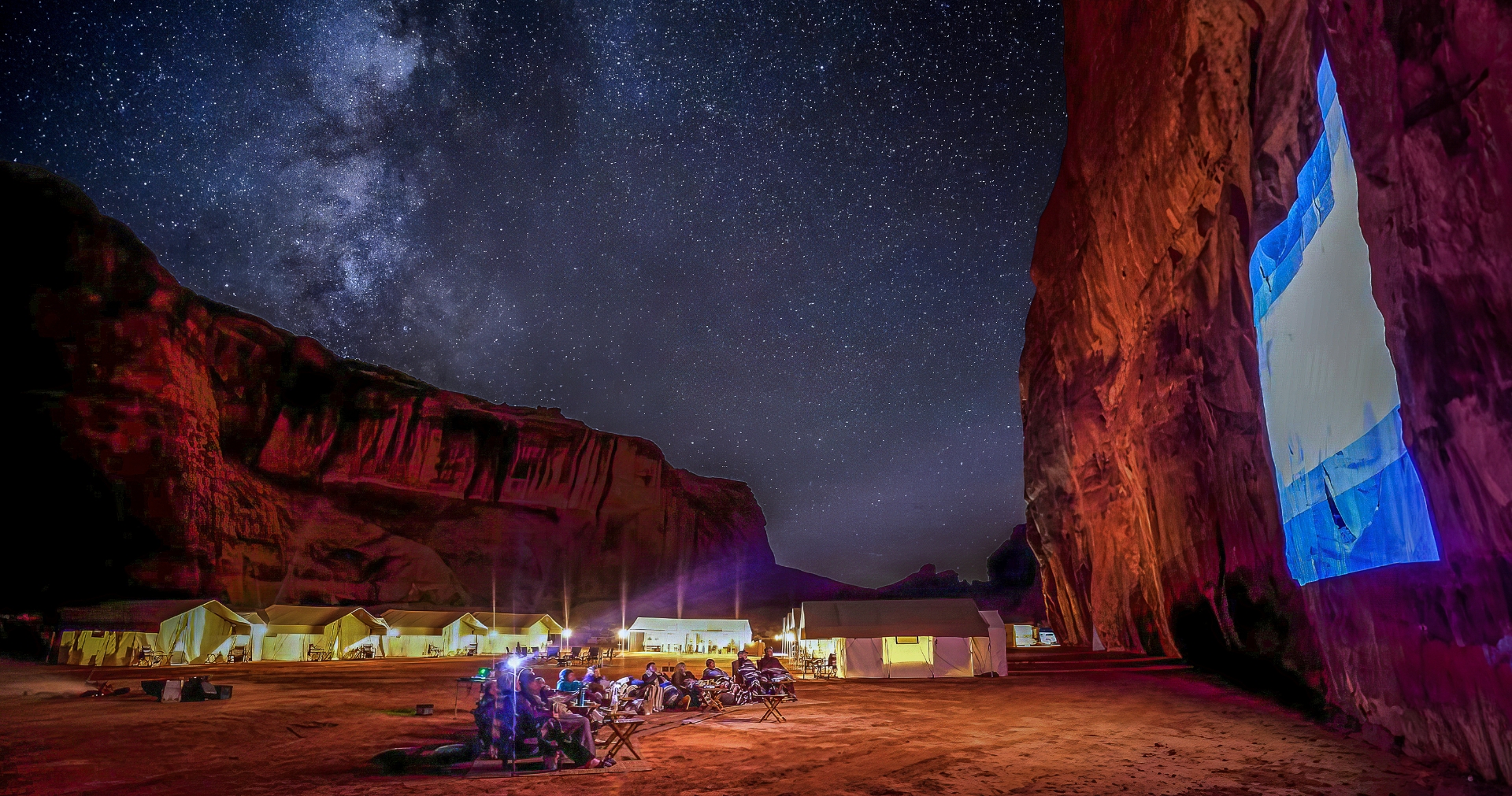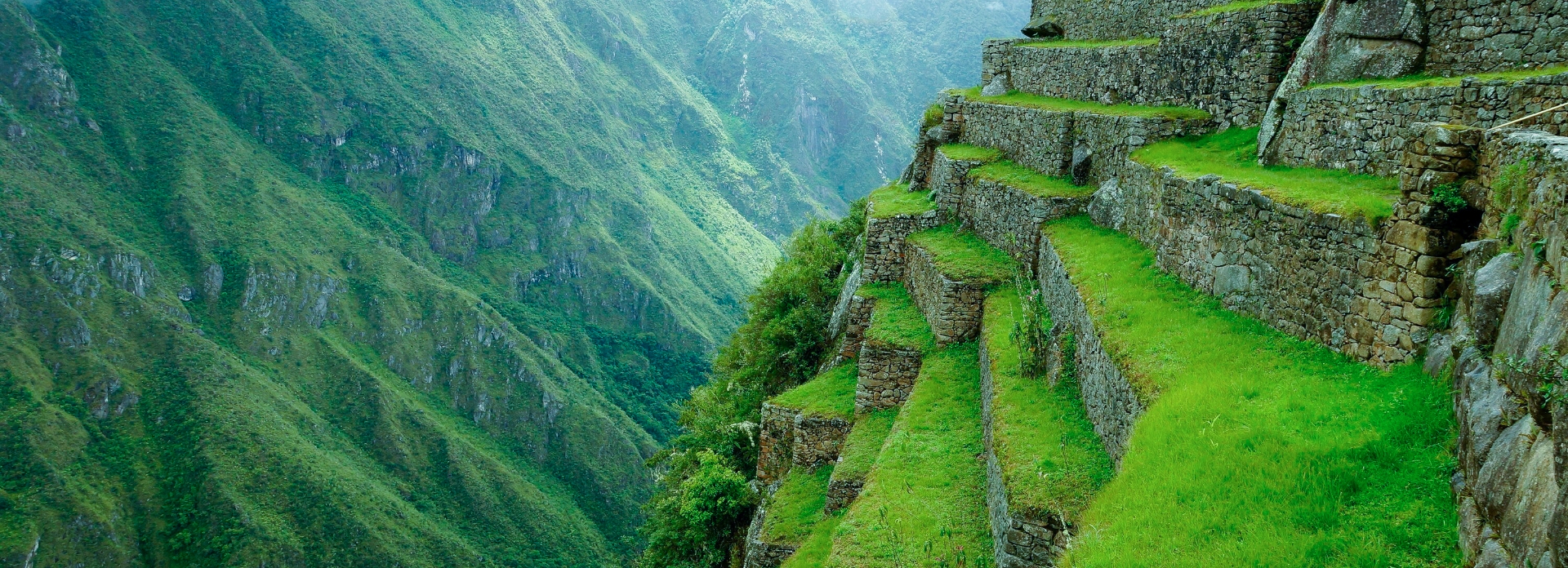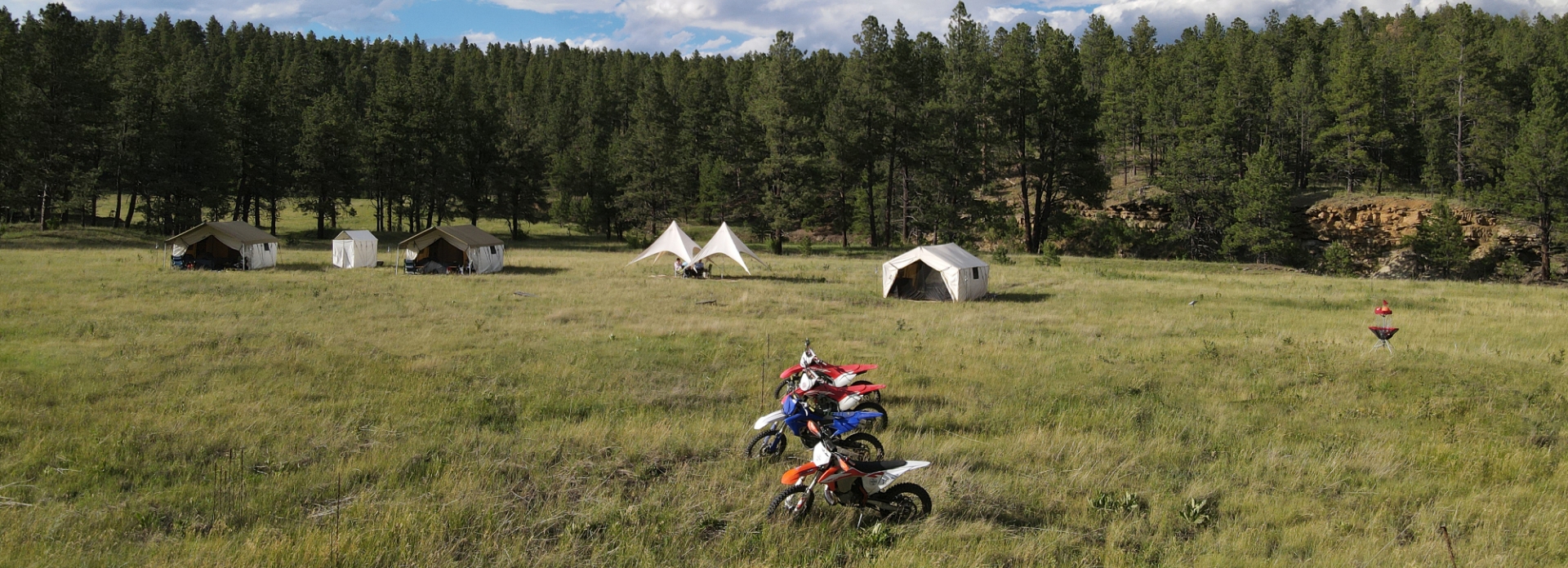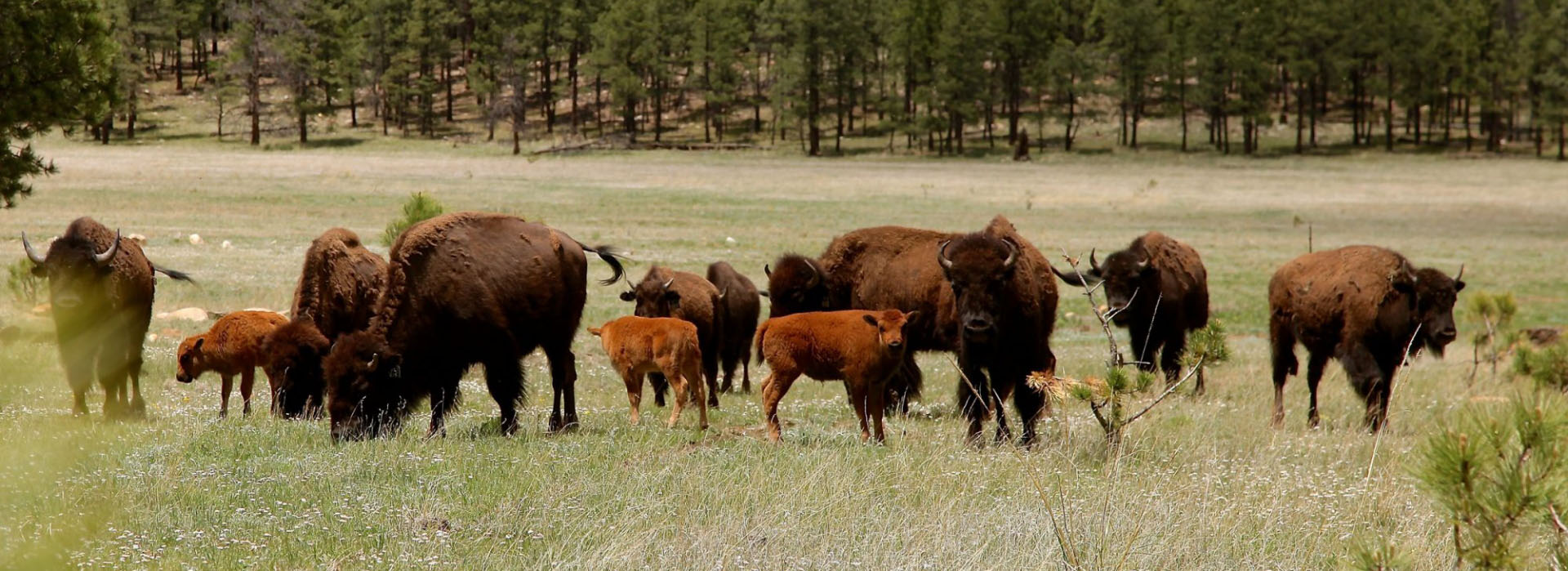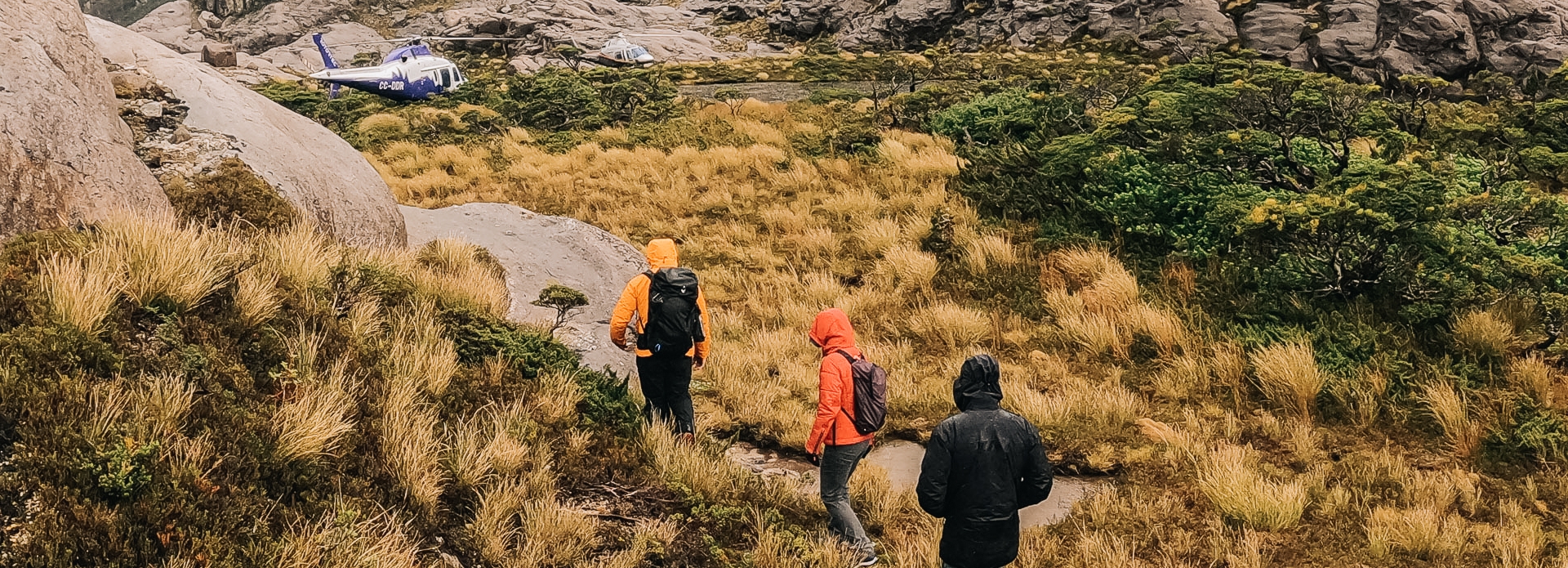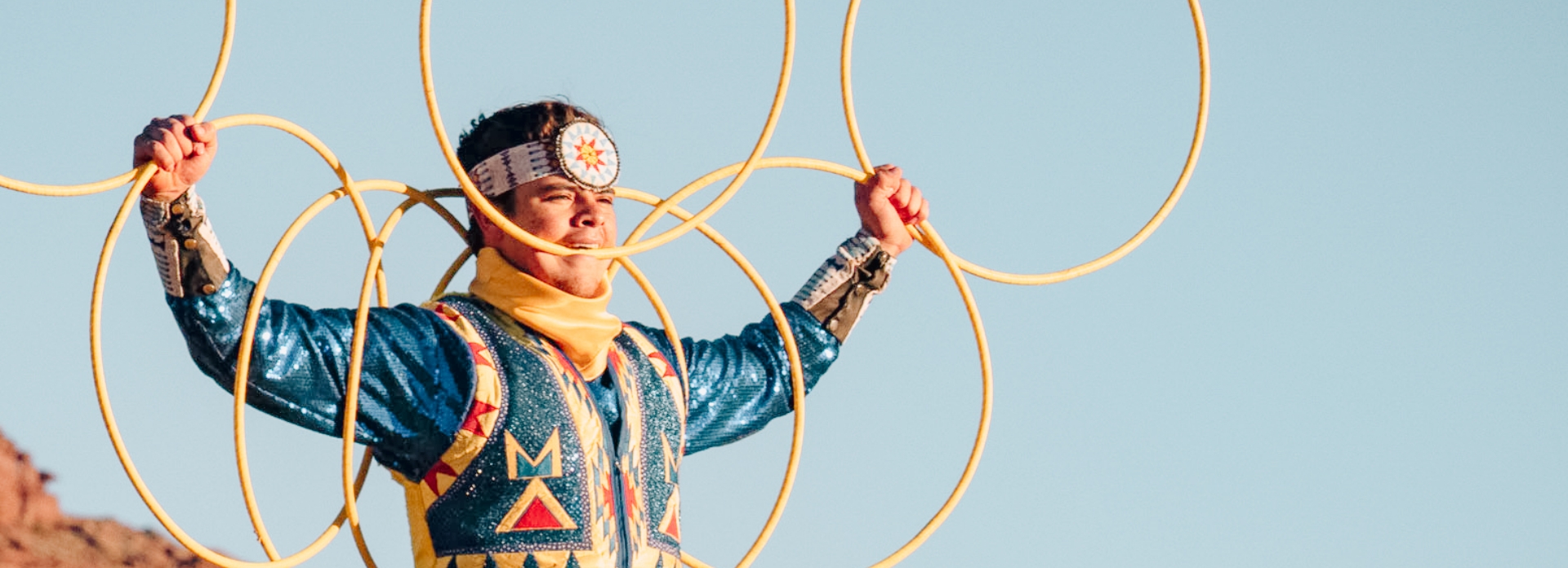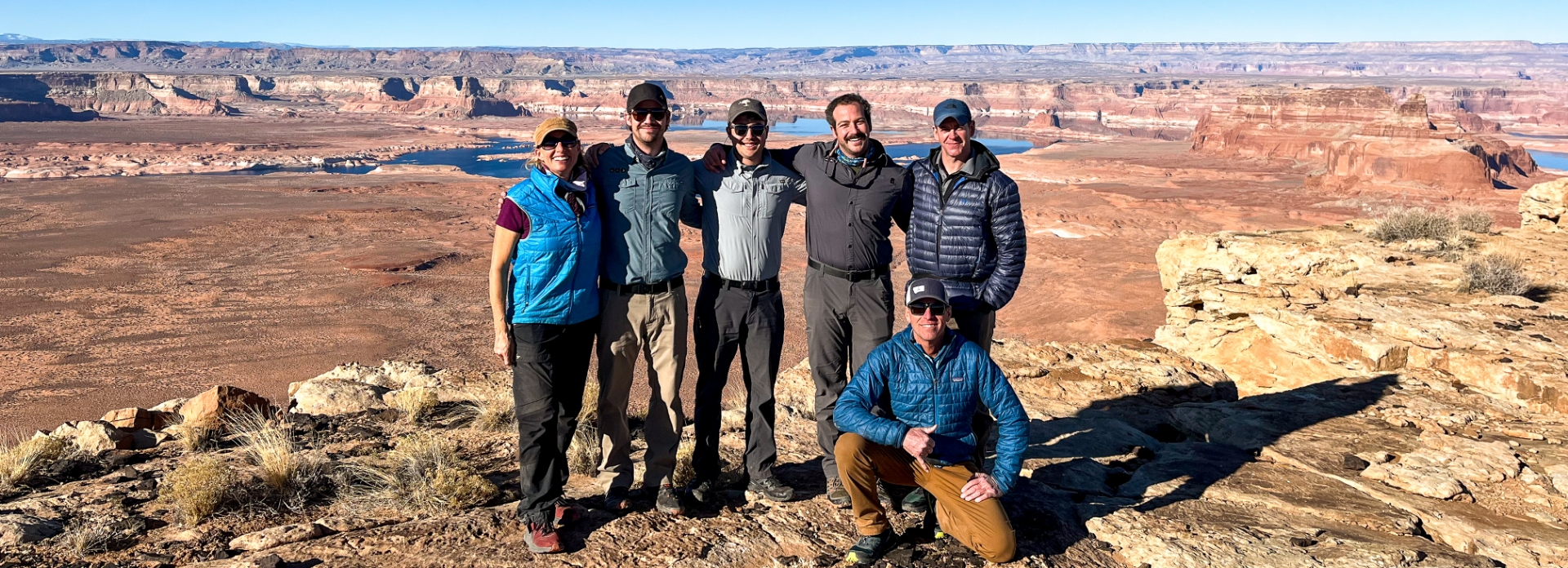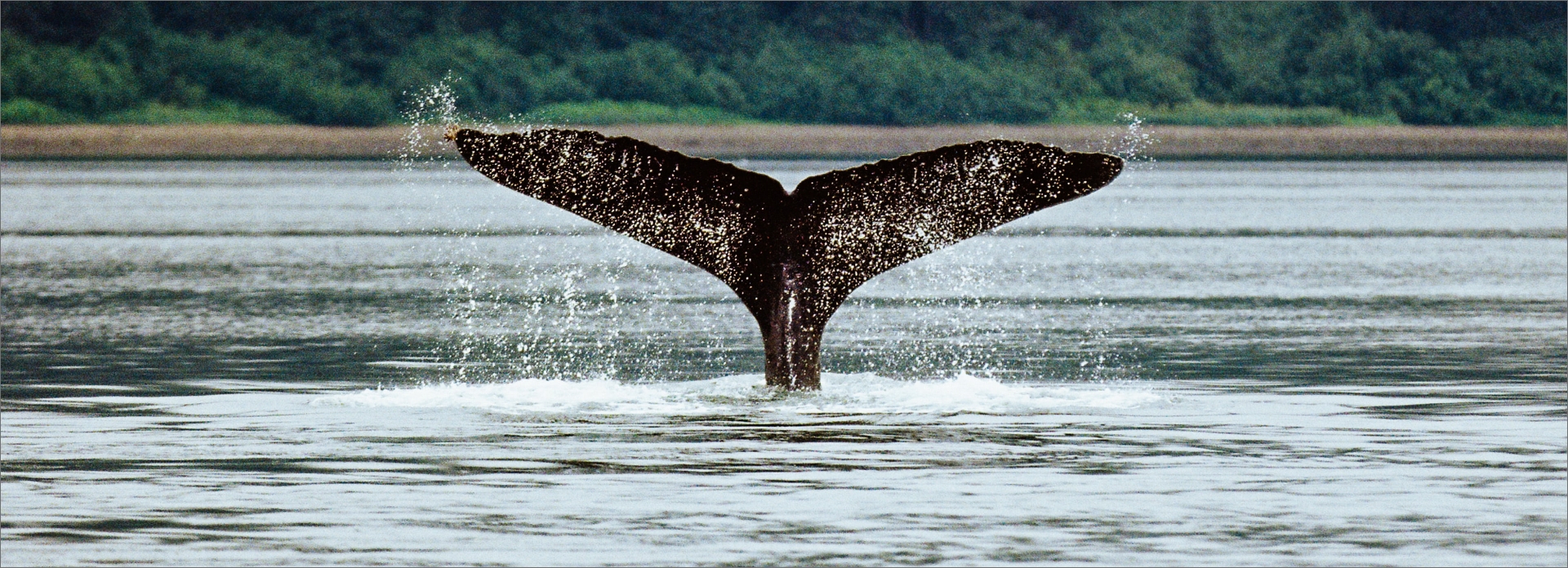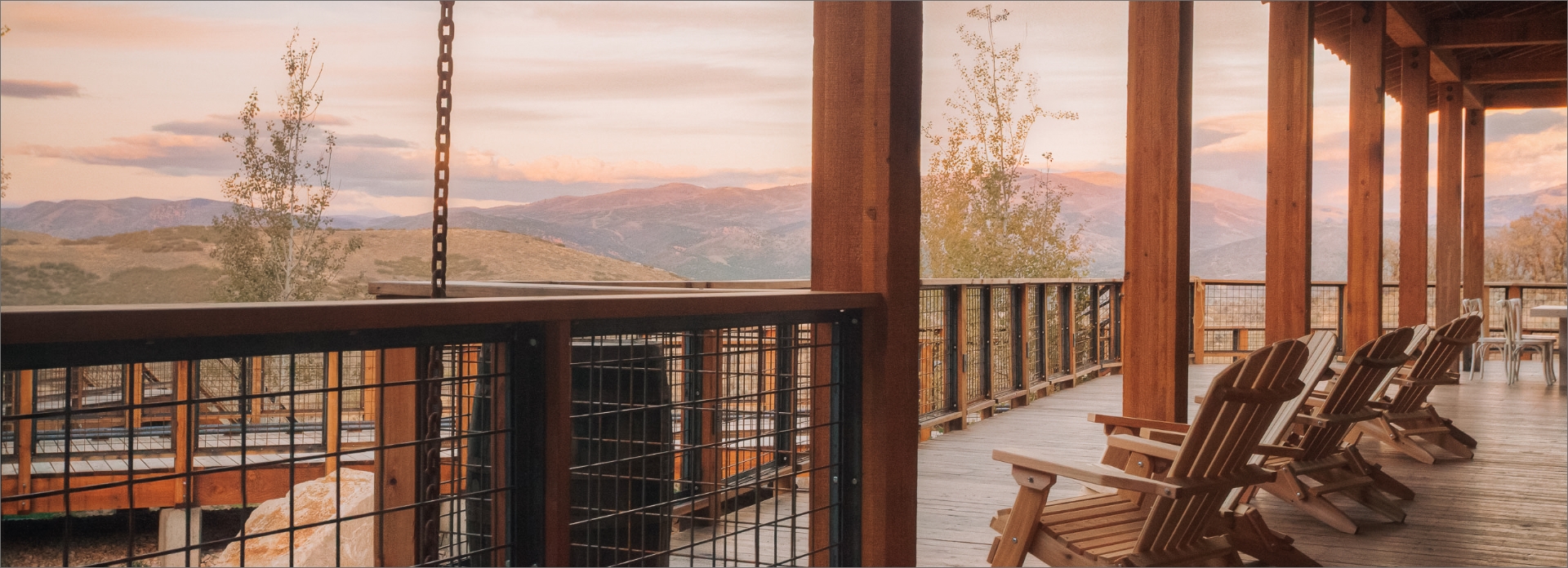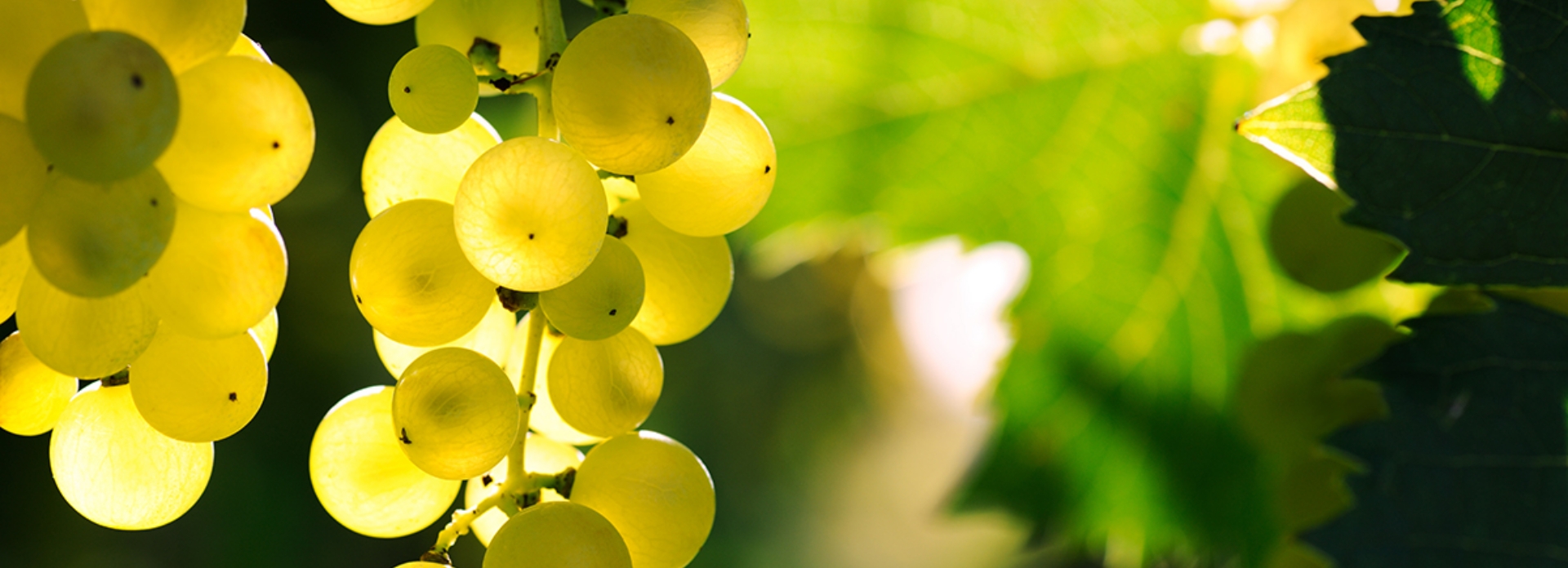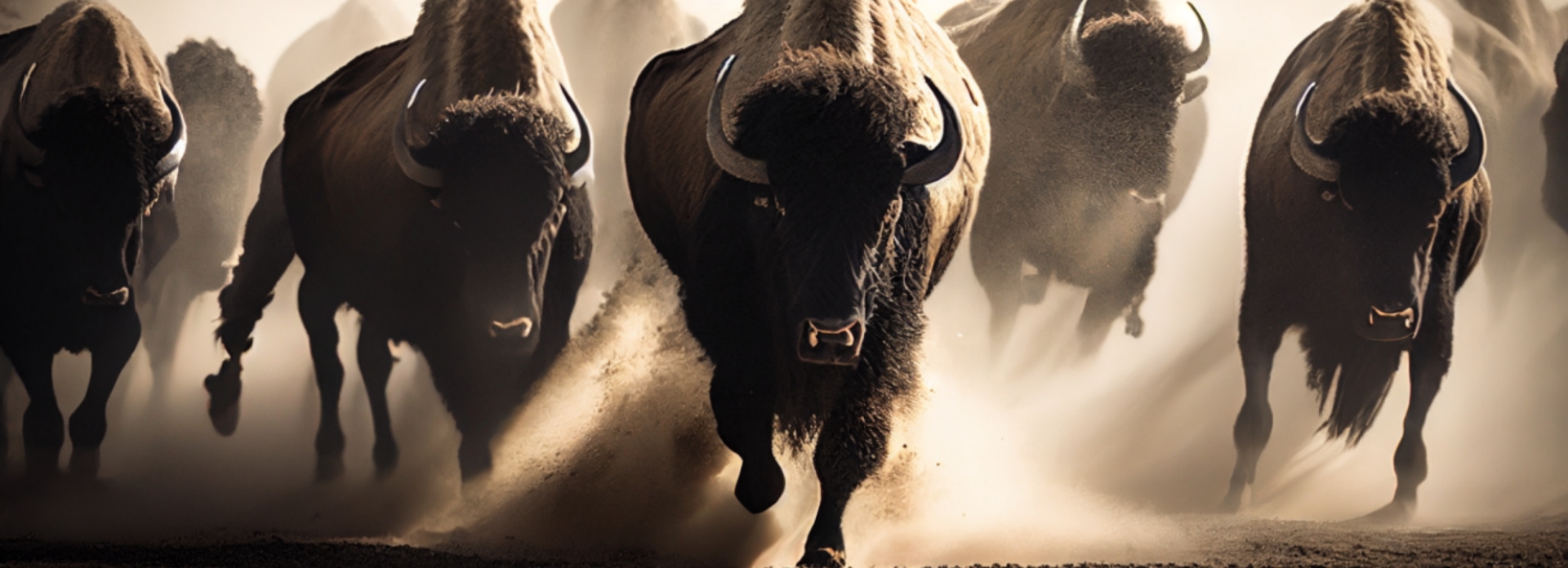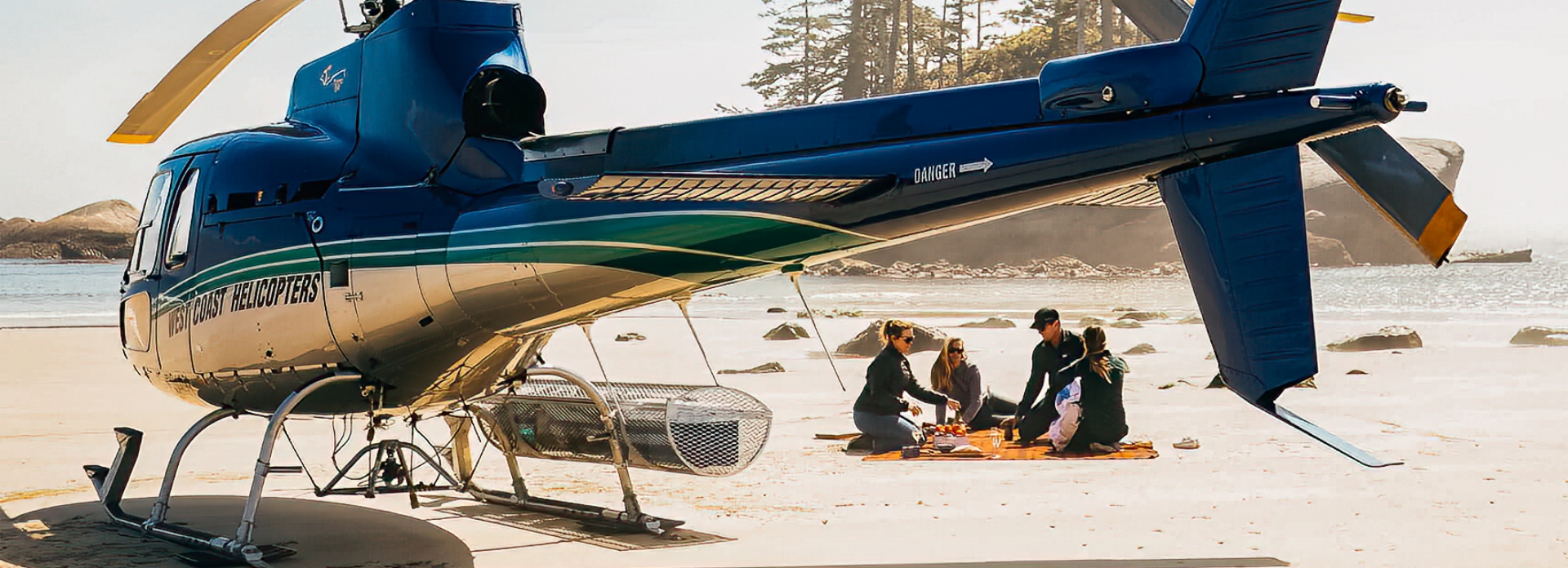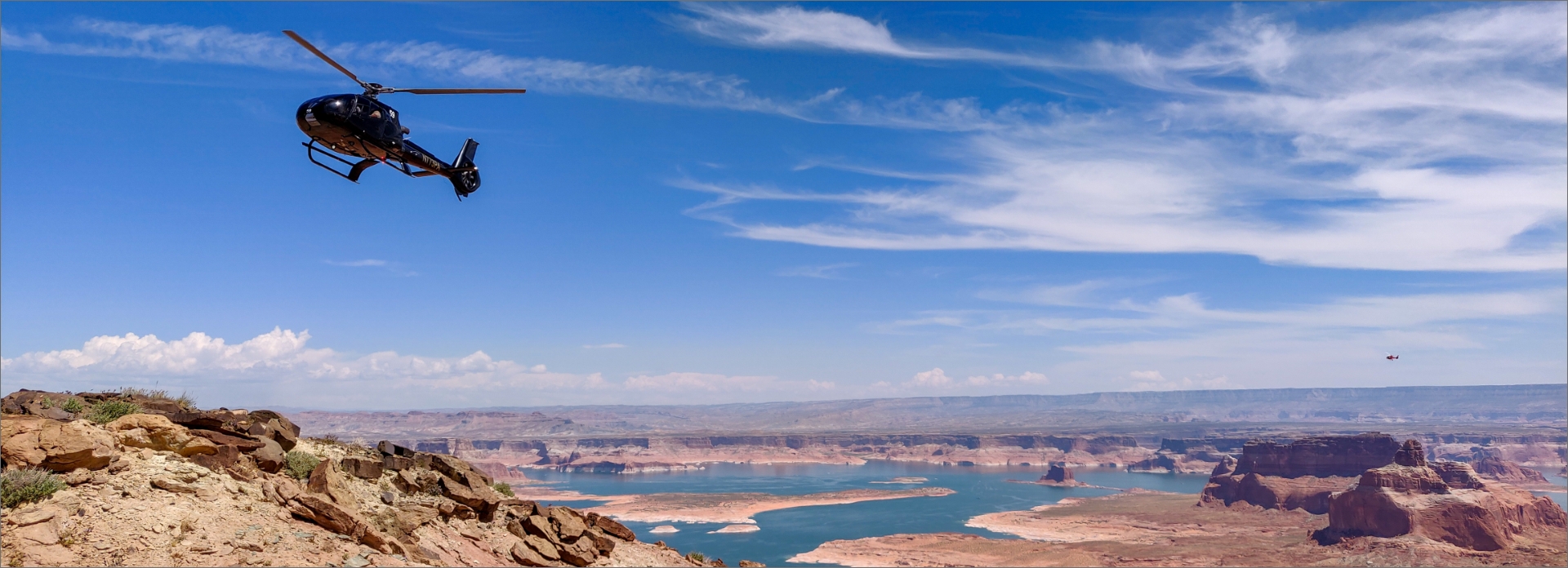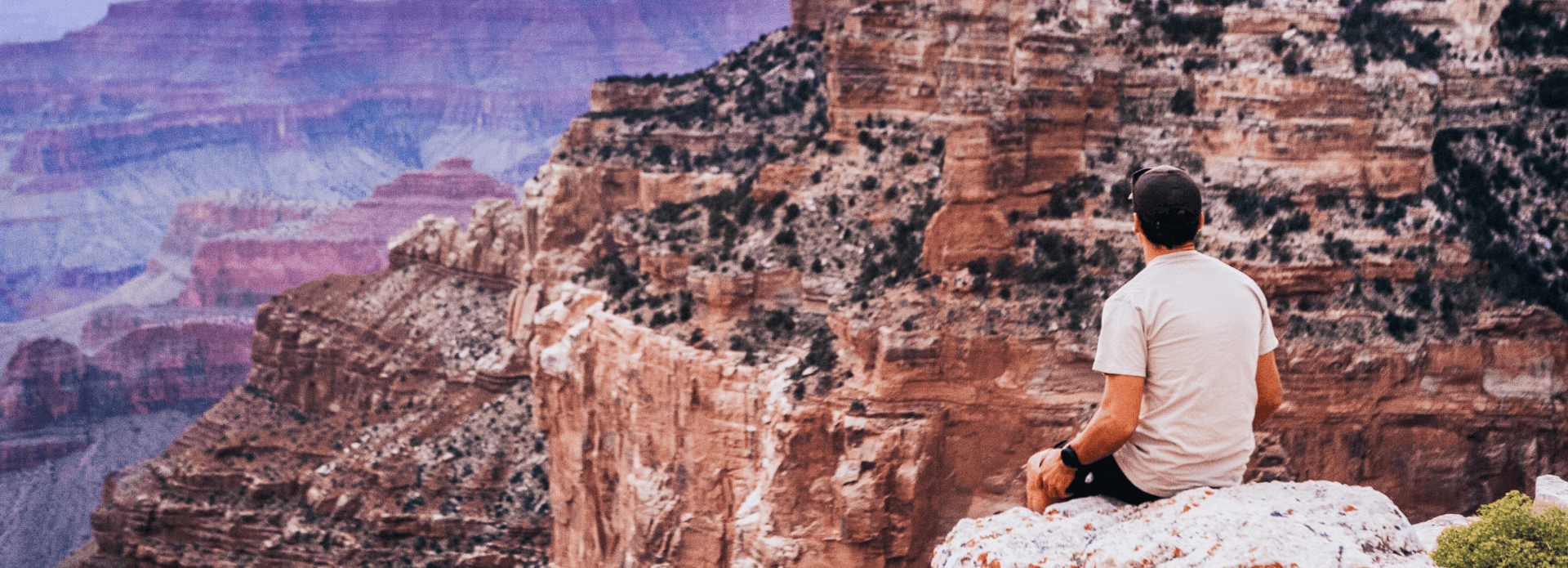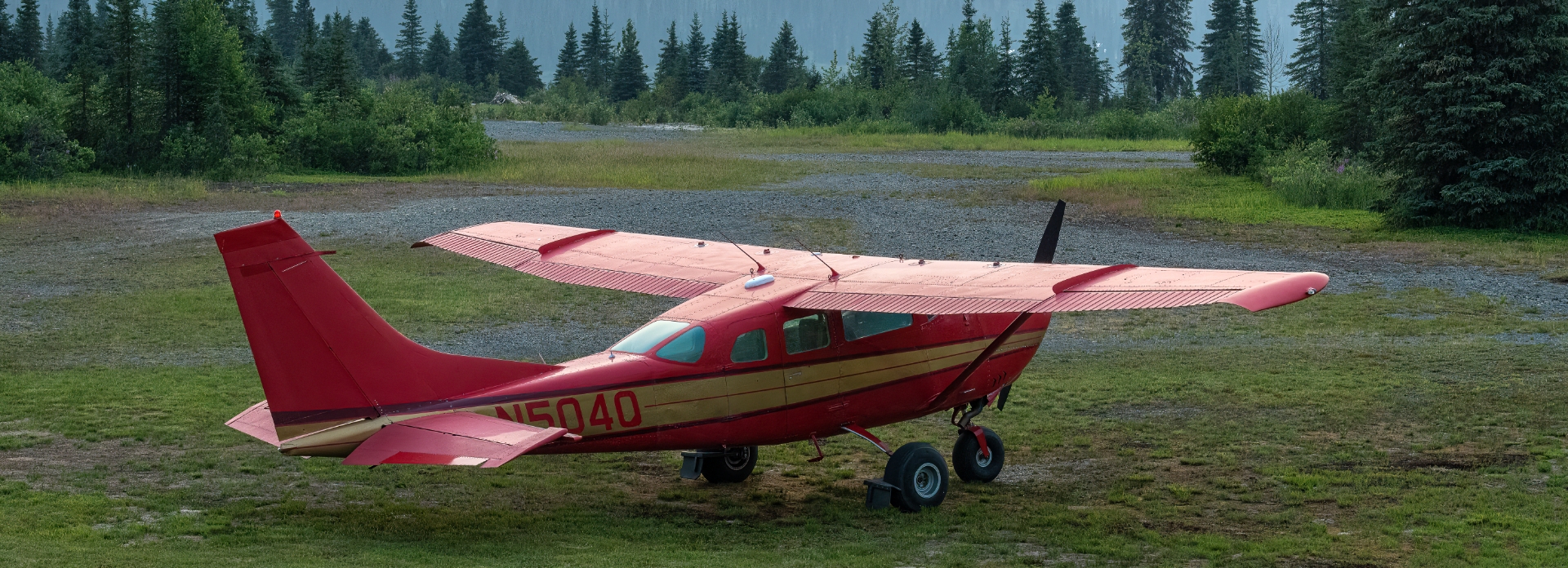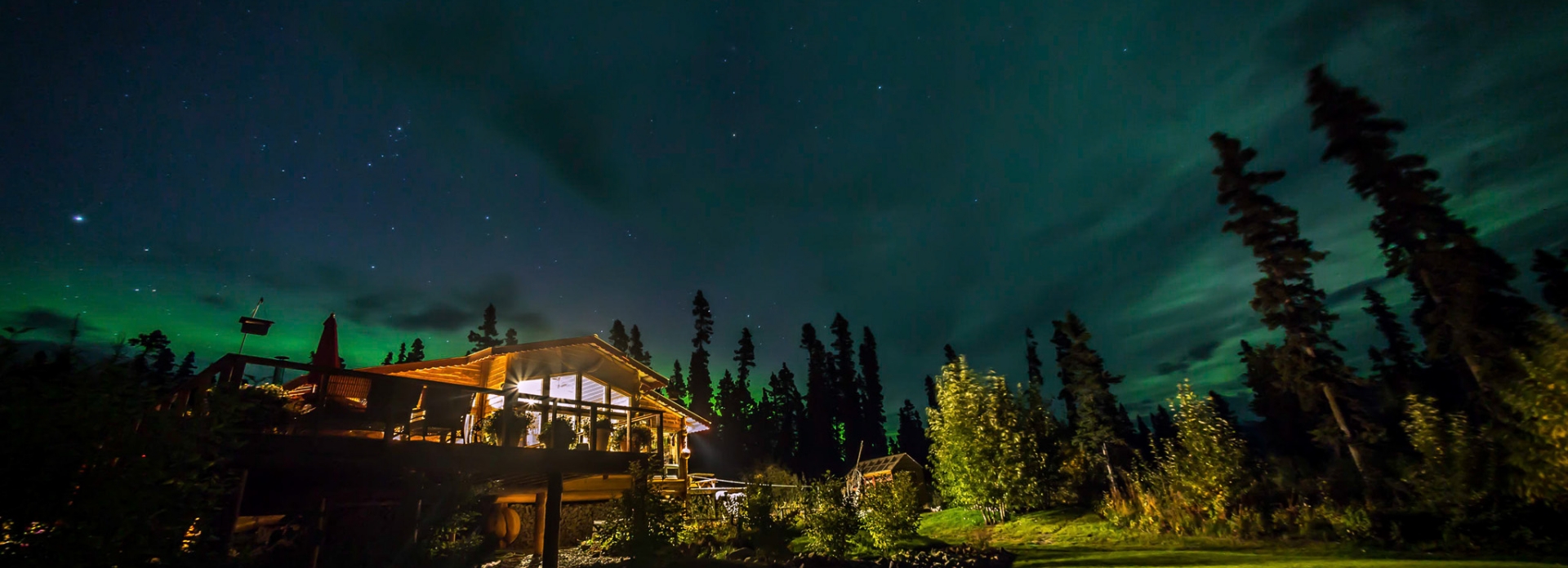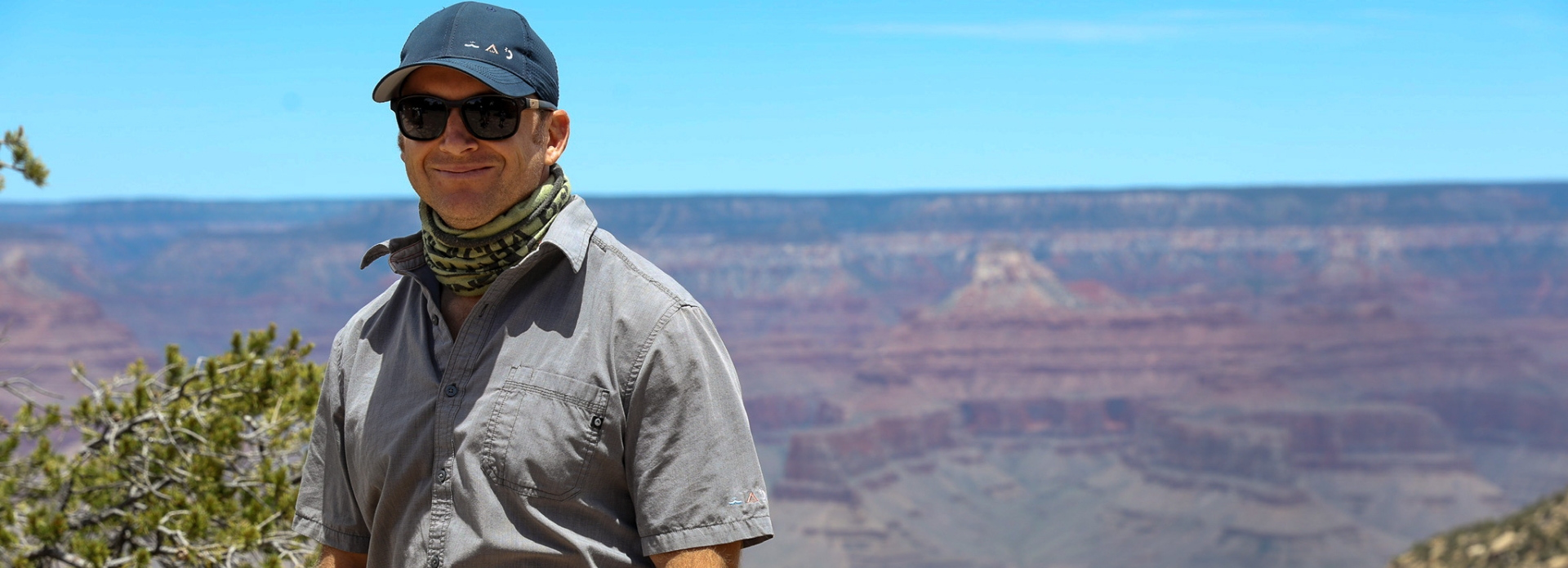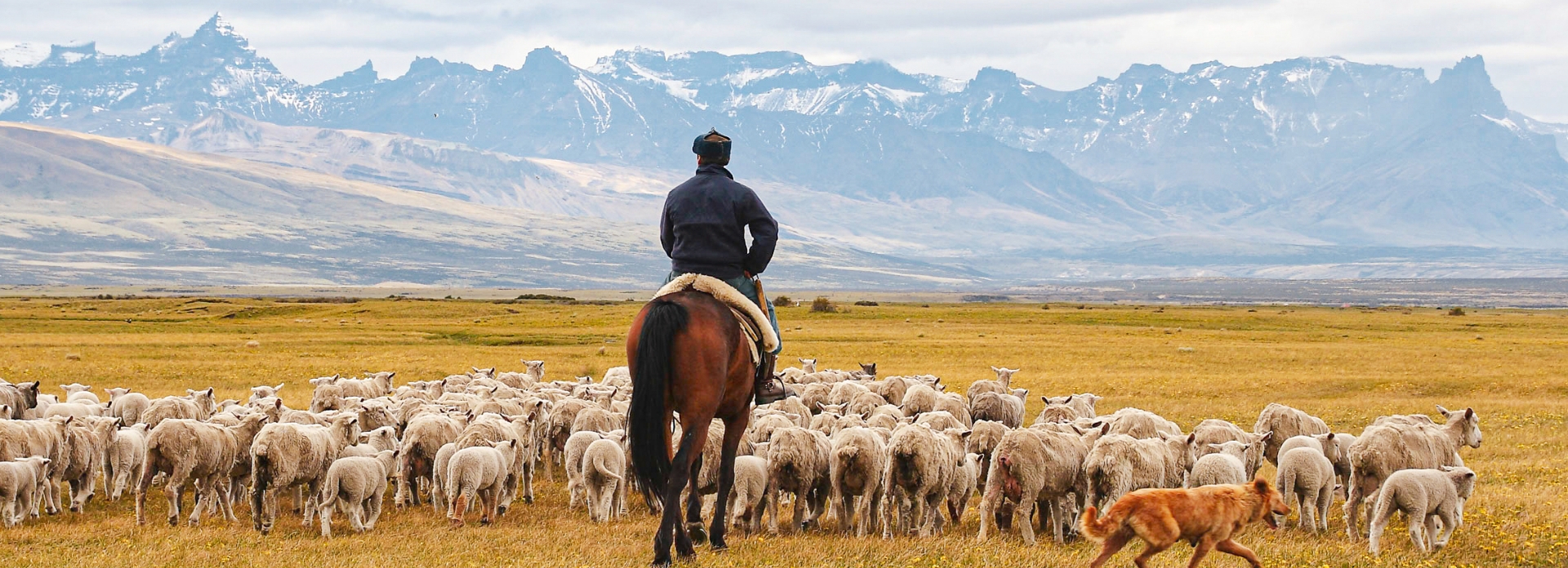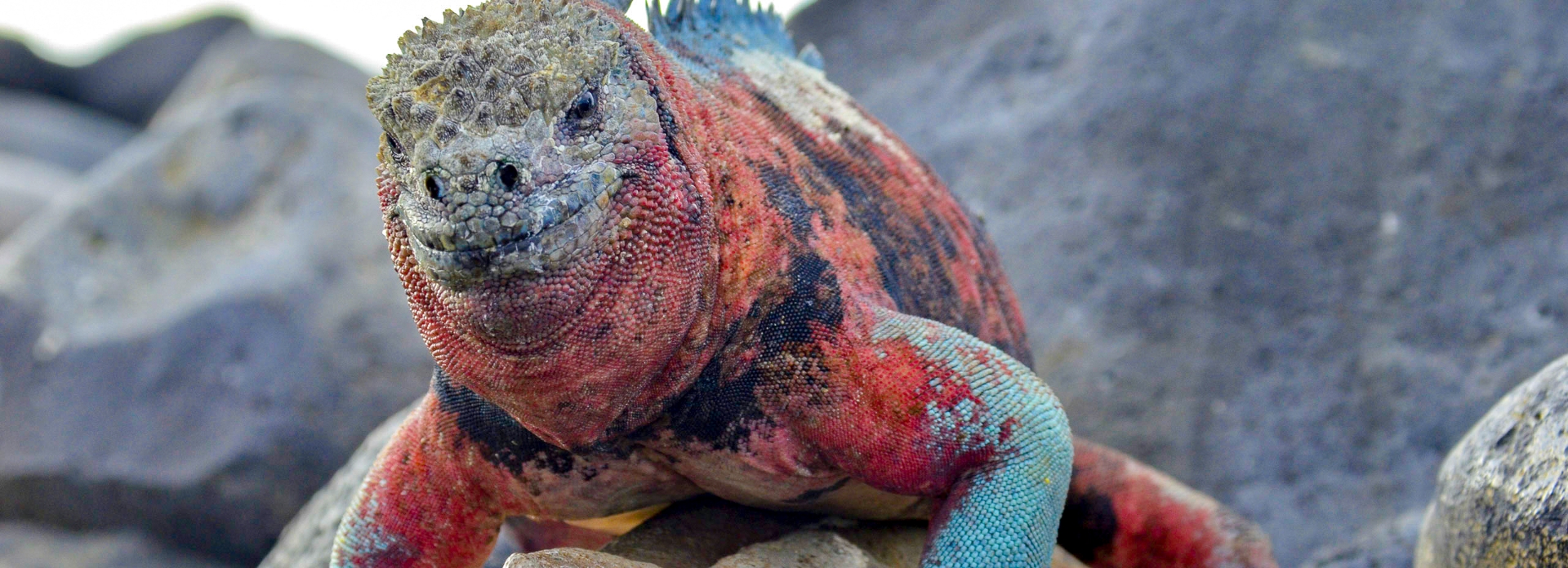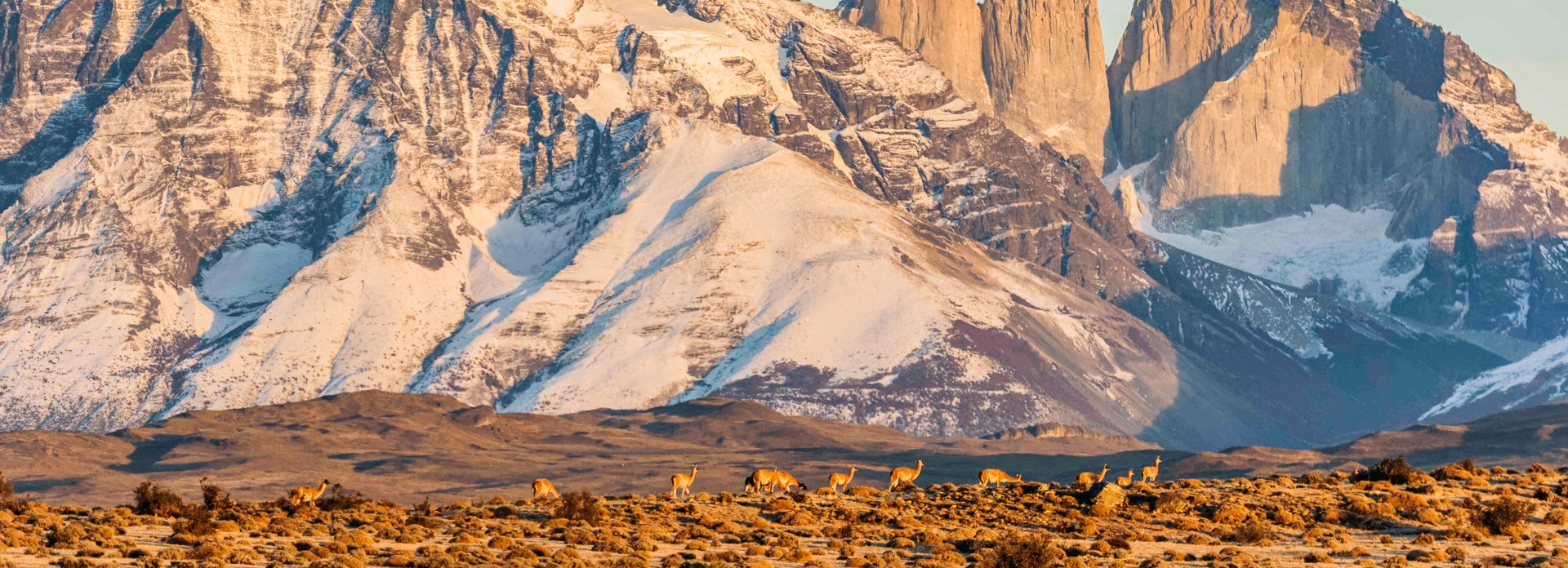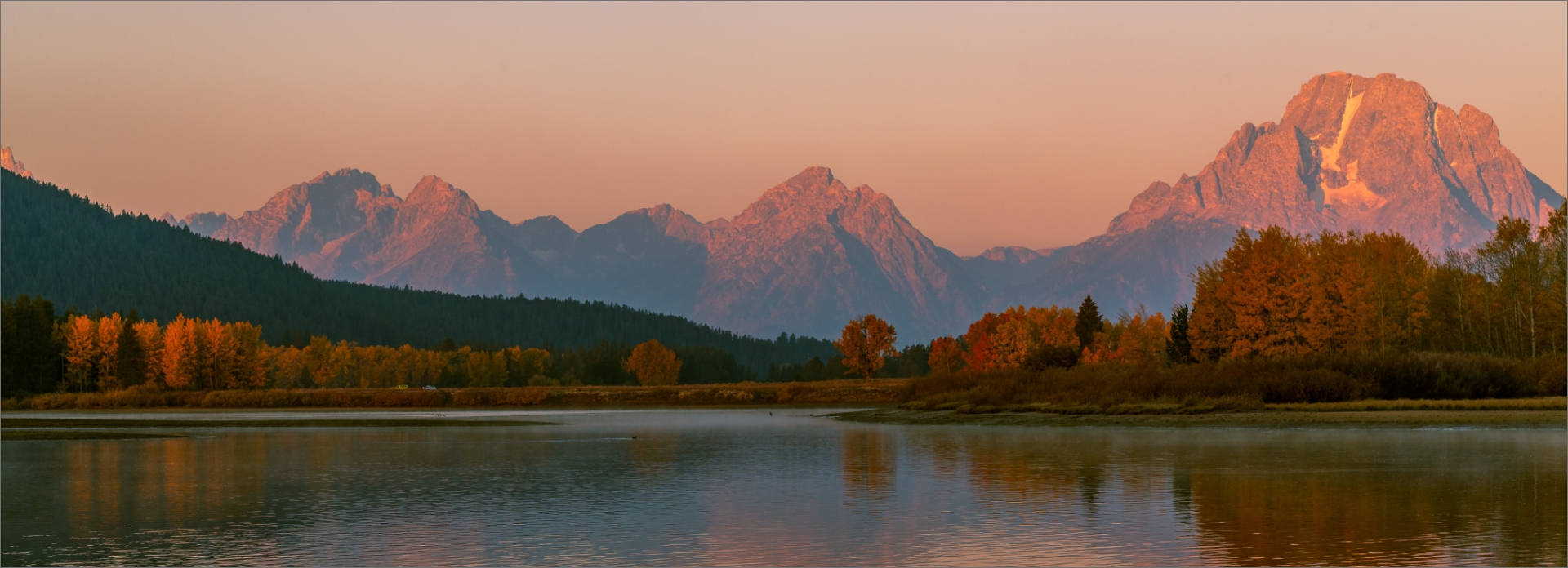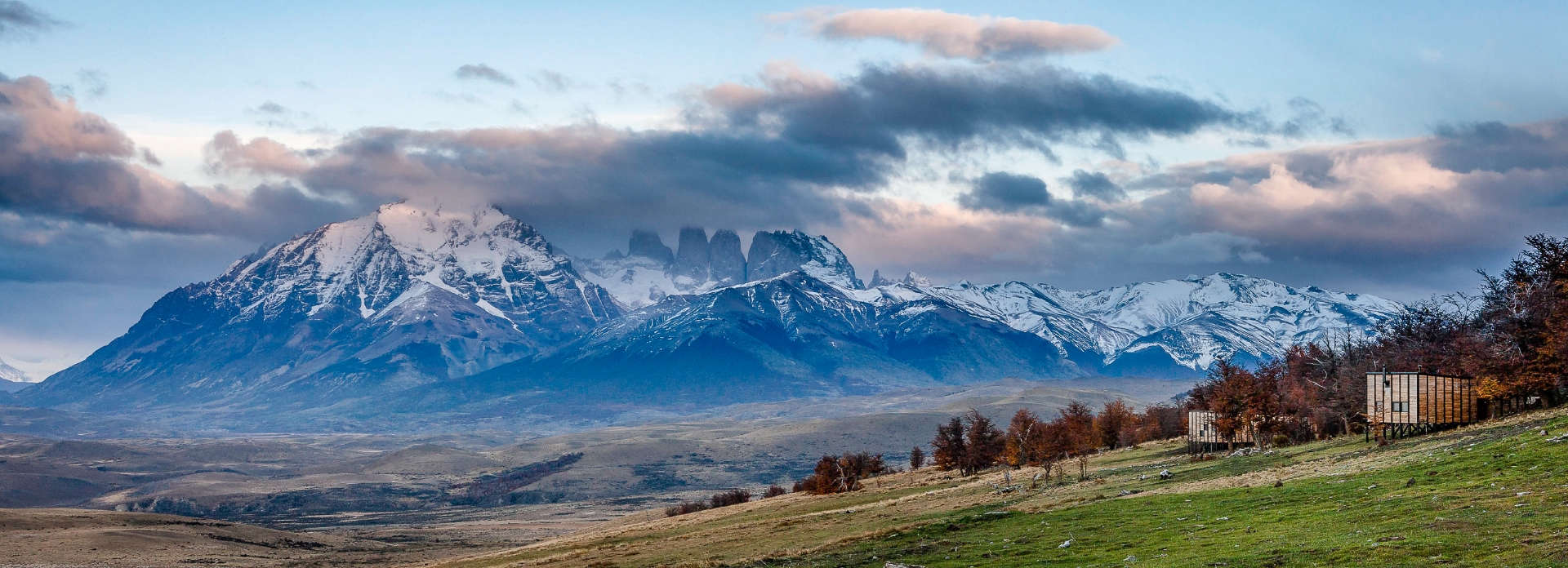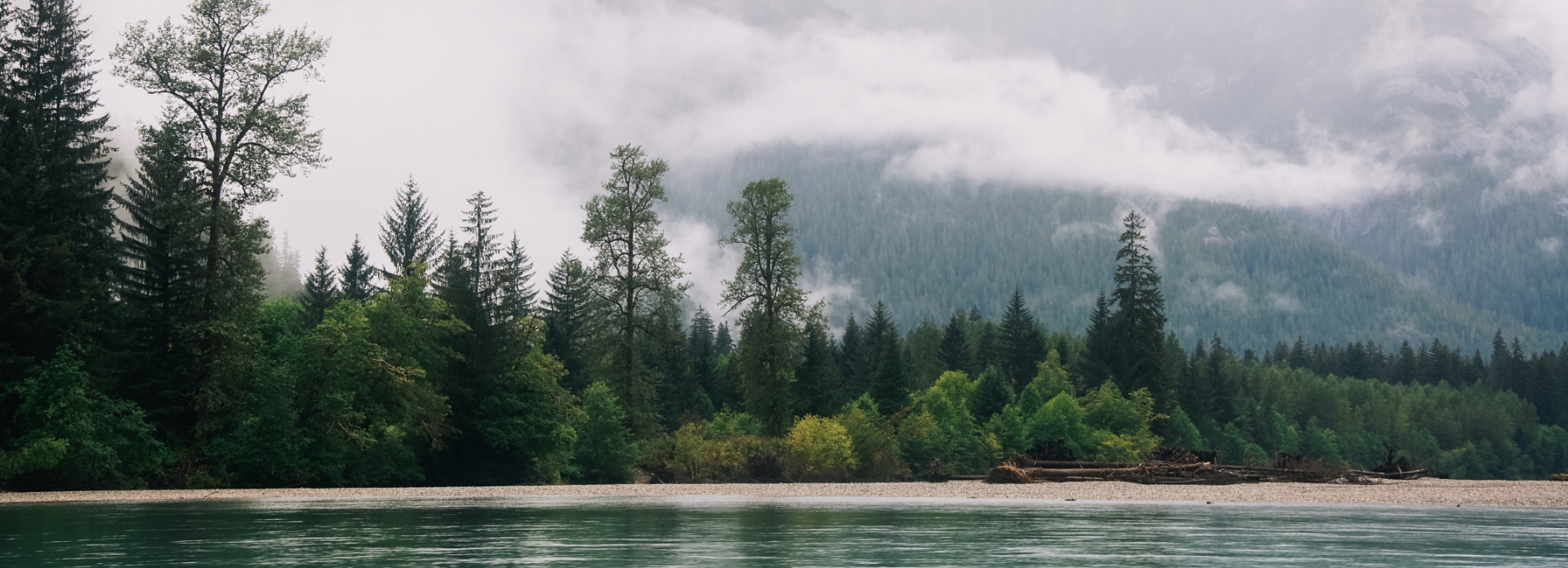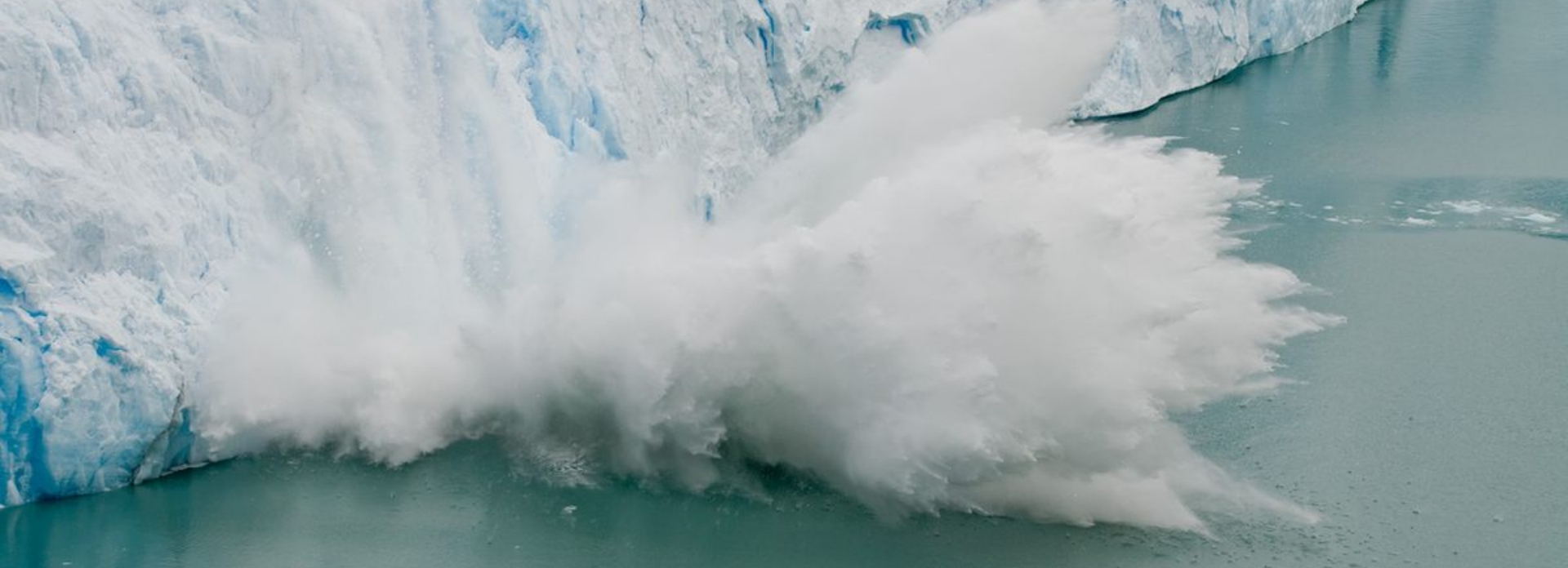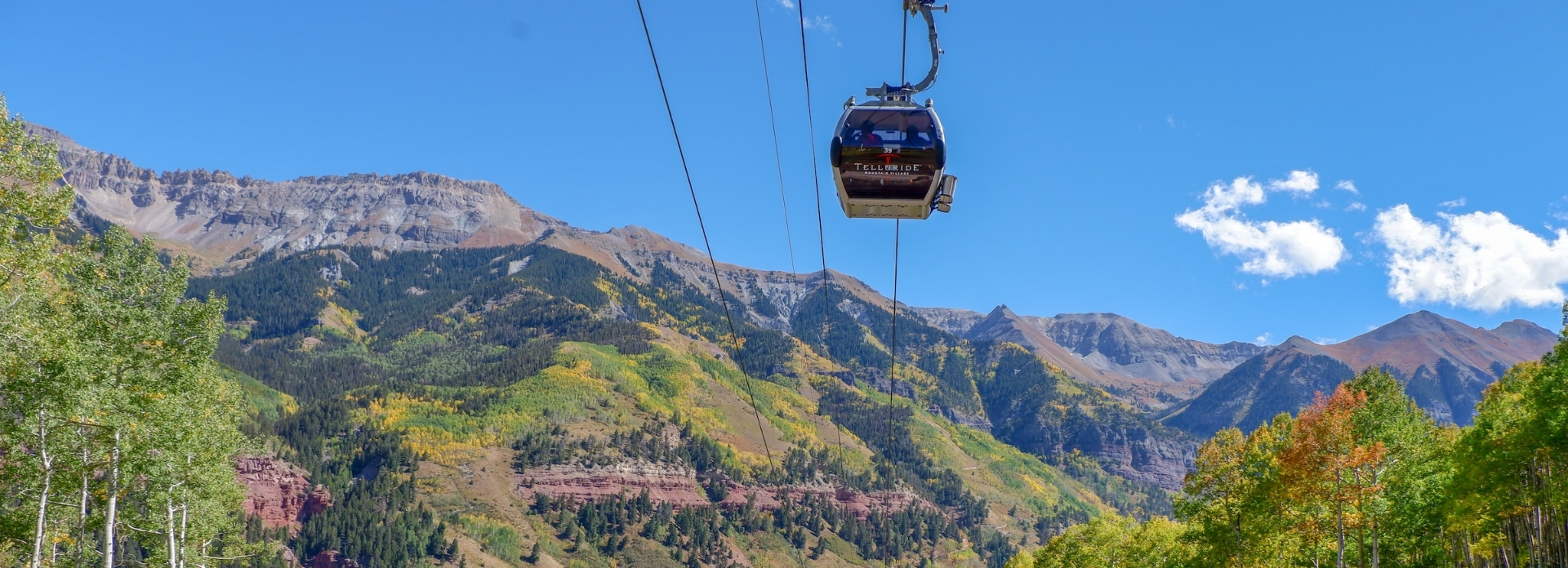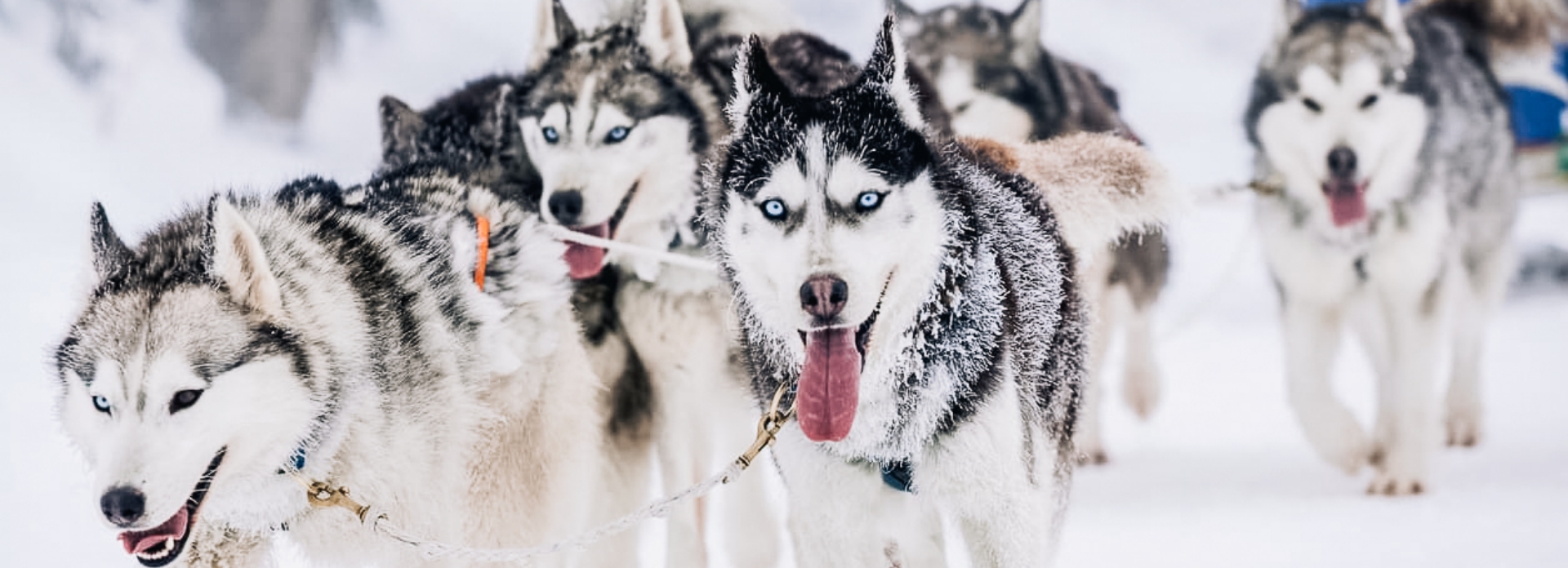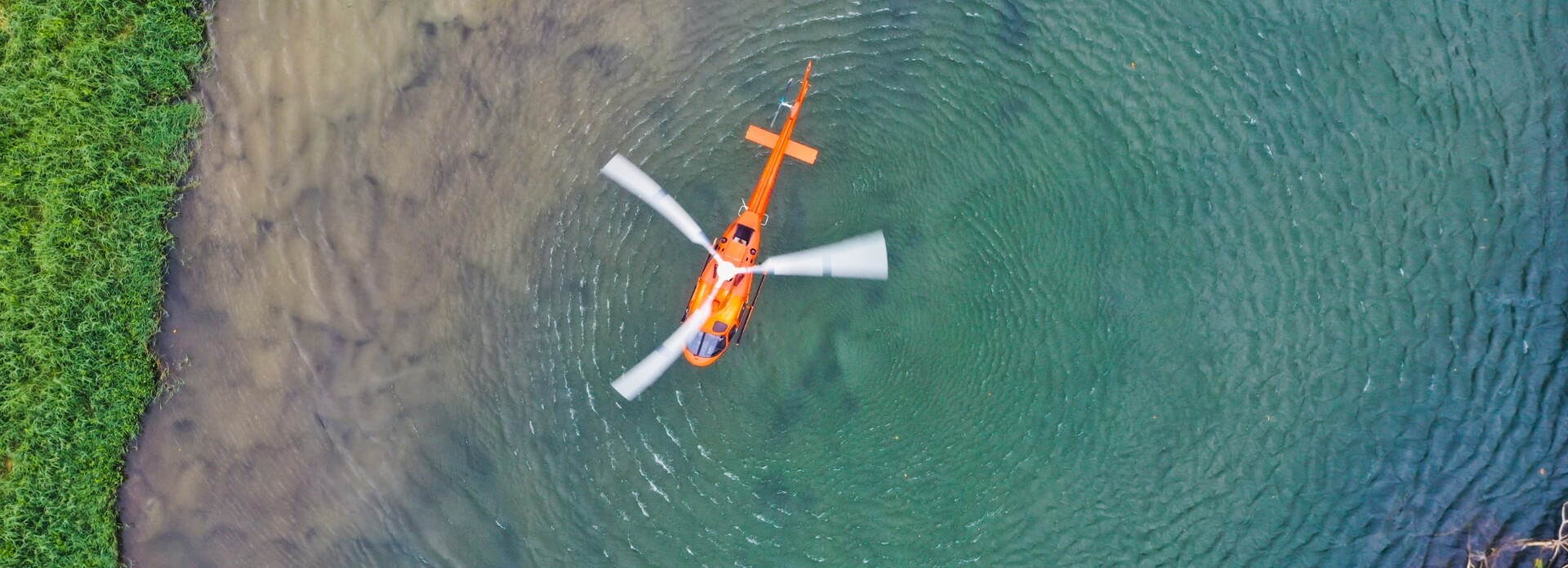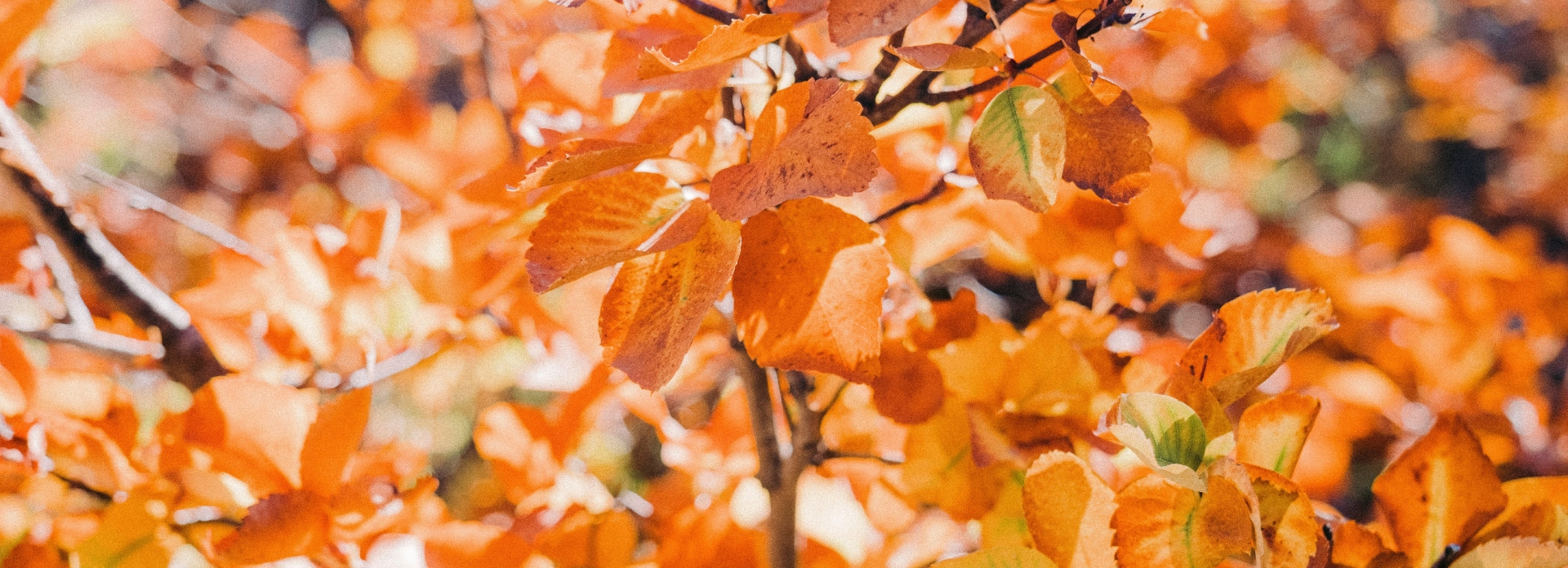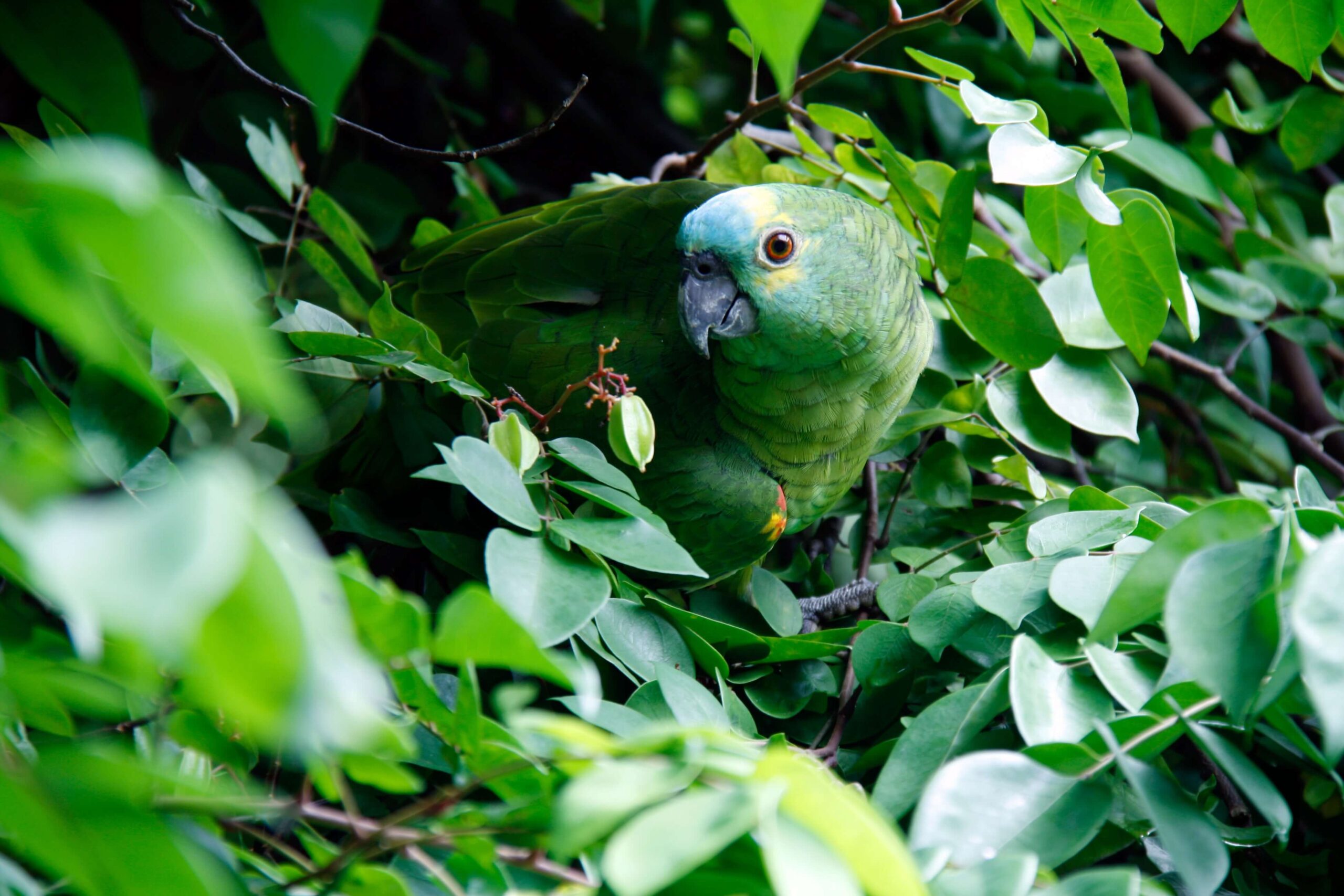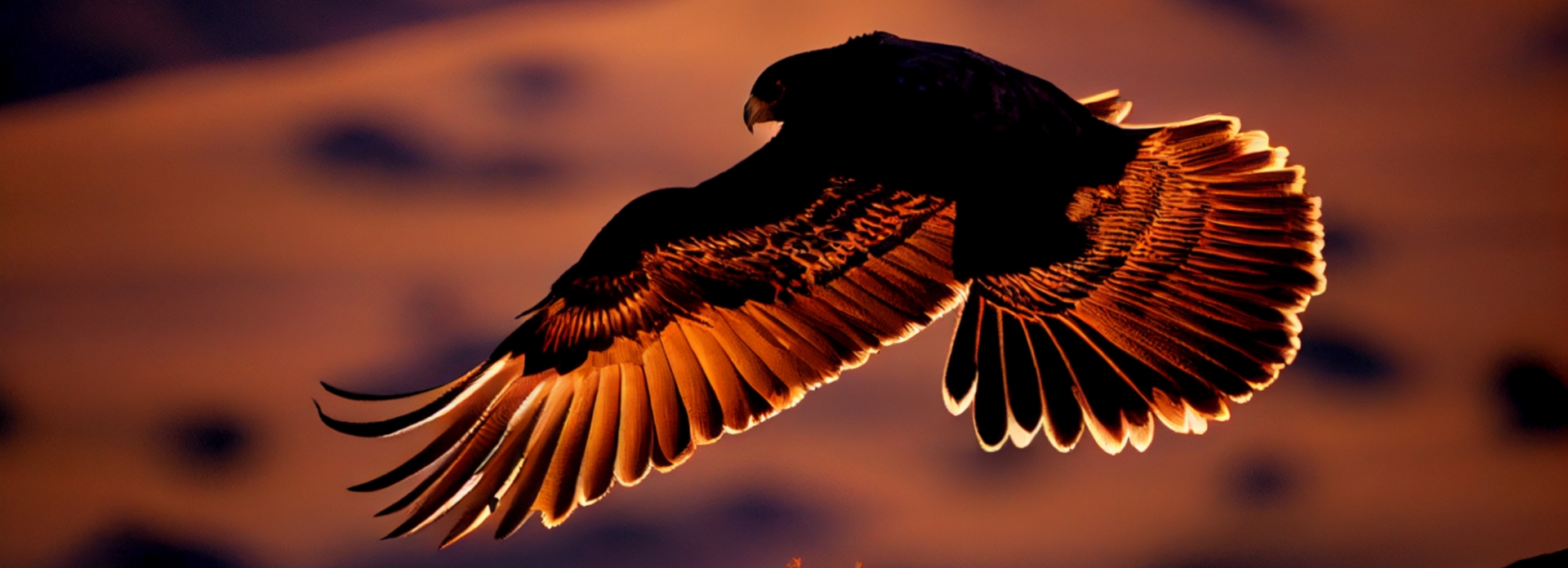The Grand Canyon is one of the most beautiful natural landmarks in the United States, showcasing incredible rock formations, towering cliffs, the rushing Colorado River, and colorful rock layers. As you hike the canyon’s rocky trails and raft down the river, it’s impossible not to think about the millions of years of history that have taken place within these canyon walls. Keep reading to discover five things you didn’t know about the history of the Grand Canyon.
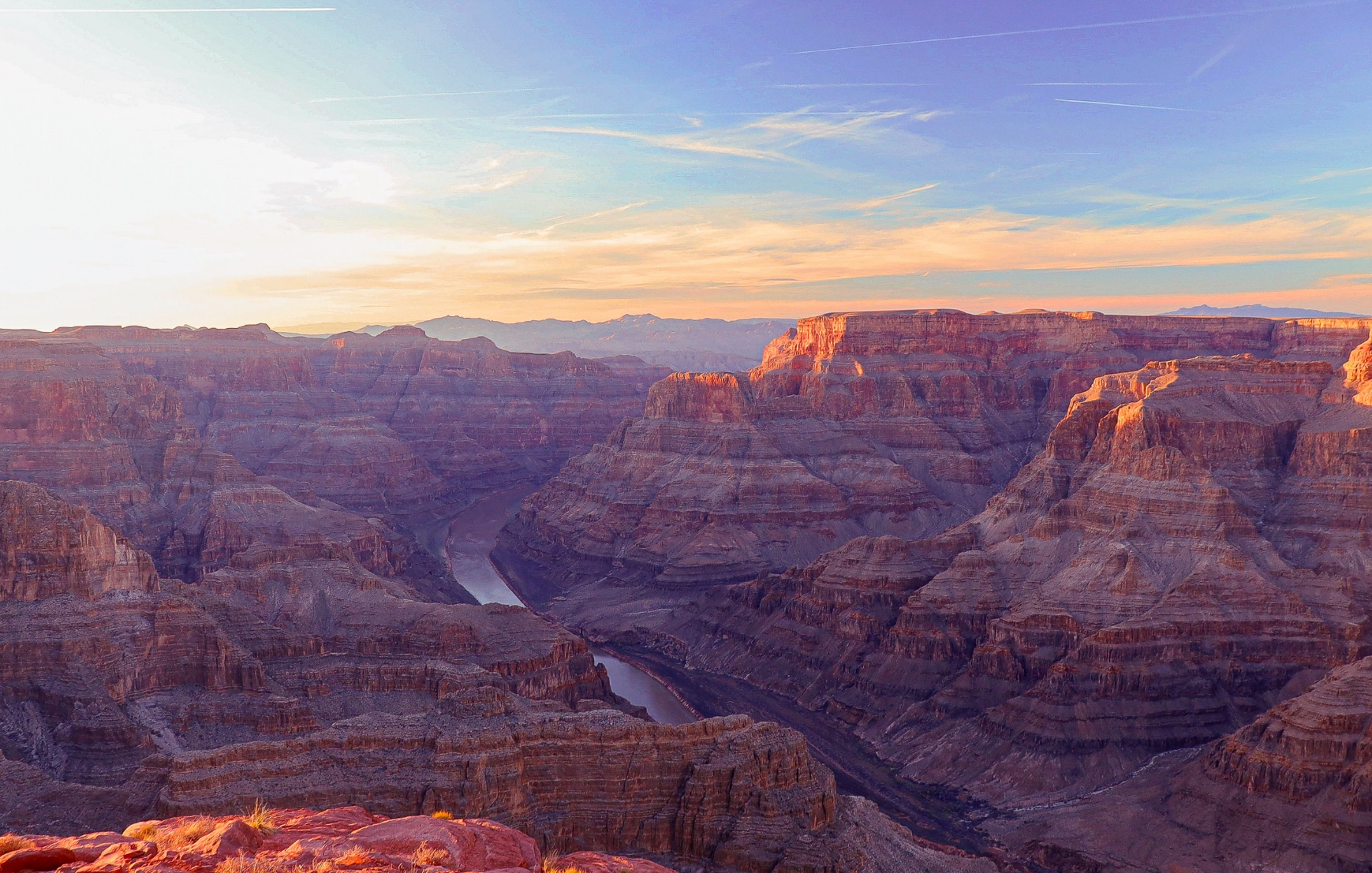
1. The Grand Canyon is home to some of the oldest exposed rock on the planet.
The history of the Grand Canyon began billions of years ago. You can find the oldest section of the Grand Canyon near the bottom of the Inner Gorge; these are called the Vishnu Basement Rocks. These rocks formed over 1.7 billion years ago as magma hardened and added to this region, formerly a volcanic ocean chain.
While the rock layers of the Grand Canyon contain about 2 billion years of history, the canyon itself was formed between 5 and 6 million years ago. As the Colorado River snaked through the rock layers, it created this incredible natural landmark over time.
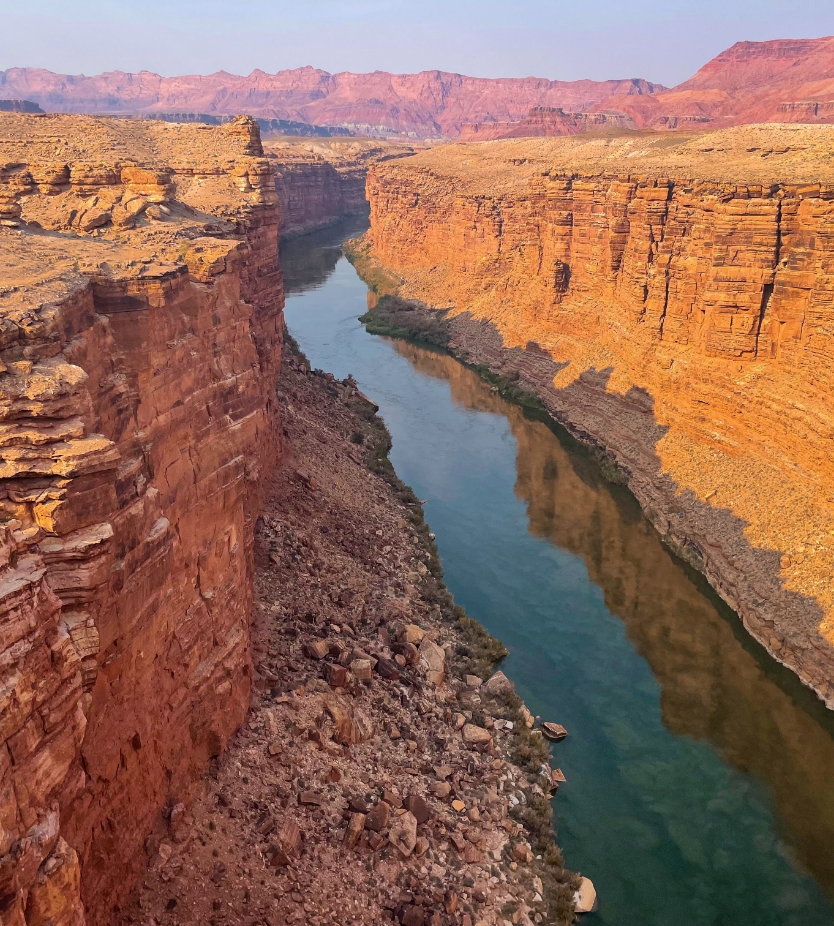
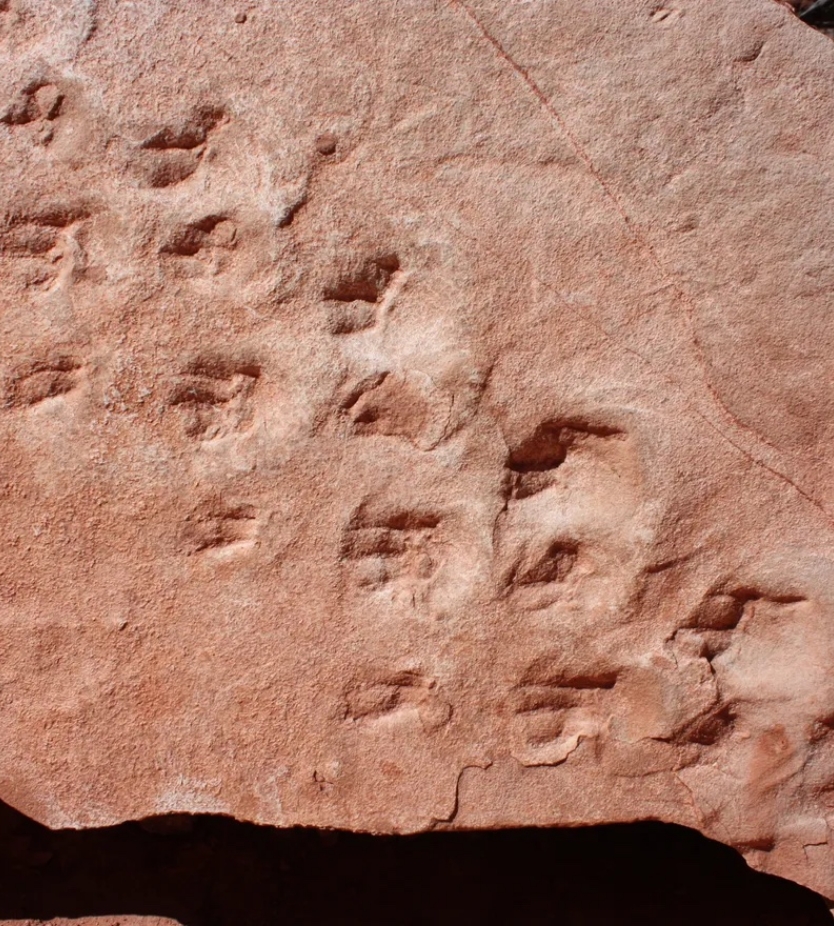
The oldest fossilized footprints in the park are 313 million years old Photo courtesy of Prof. Steve Roland
2. Humans settled in the Grand Canyon at least 12,000 years ago
During the last ice age, prehistoric humans, along with sloths, mammoths, and other large mammals, settled in and around the canyon. Archaeologists have discovered human artifacts dating back 12,000 years, including large stone spear points.
Throughout the Grand Canyon’s history, the area has been home to several Native American tribes, like the Ancestral Puebloans, Paiute, Navajo, Zuni, and Hopi tribes. More recently, the Havasupai people have claimed this area as their ancestral home and have lived here for about 800 years.
3. The first Europeans didn’t find the Grand Canyon until the 1540s
Spanish explorers were led to the region with the help of the Hopi people in the 1540s, a pivotal moment in Grand Canyon history.
It wasn’t until 300 years later that Joseph Christmas Ives, an American botanist, and explorer, mapped the region in 1858. On the same expedition, John Newberry became the first geologist to study the area. Ten years later, John Wesley Powell, an American explorer, created a more detailed map, specifically of the Colorado River.
“We are now ready to start on our way down the Great Unknown. Our boats, tied to a common stake, chafe each other as they are tossed by the fretful river… What falls there are, we know not; what rocks beset the channel, we know not; what walls rise over the river, we know not… With some eagerness and some anxiety and some misgiving we enter the canyon below and are carried away by the swift water through walls which rise from its very edge.”
– John Wesley Powell, The Exploration of the Colorado River and Its Canyons
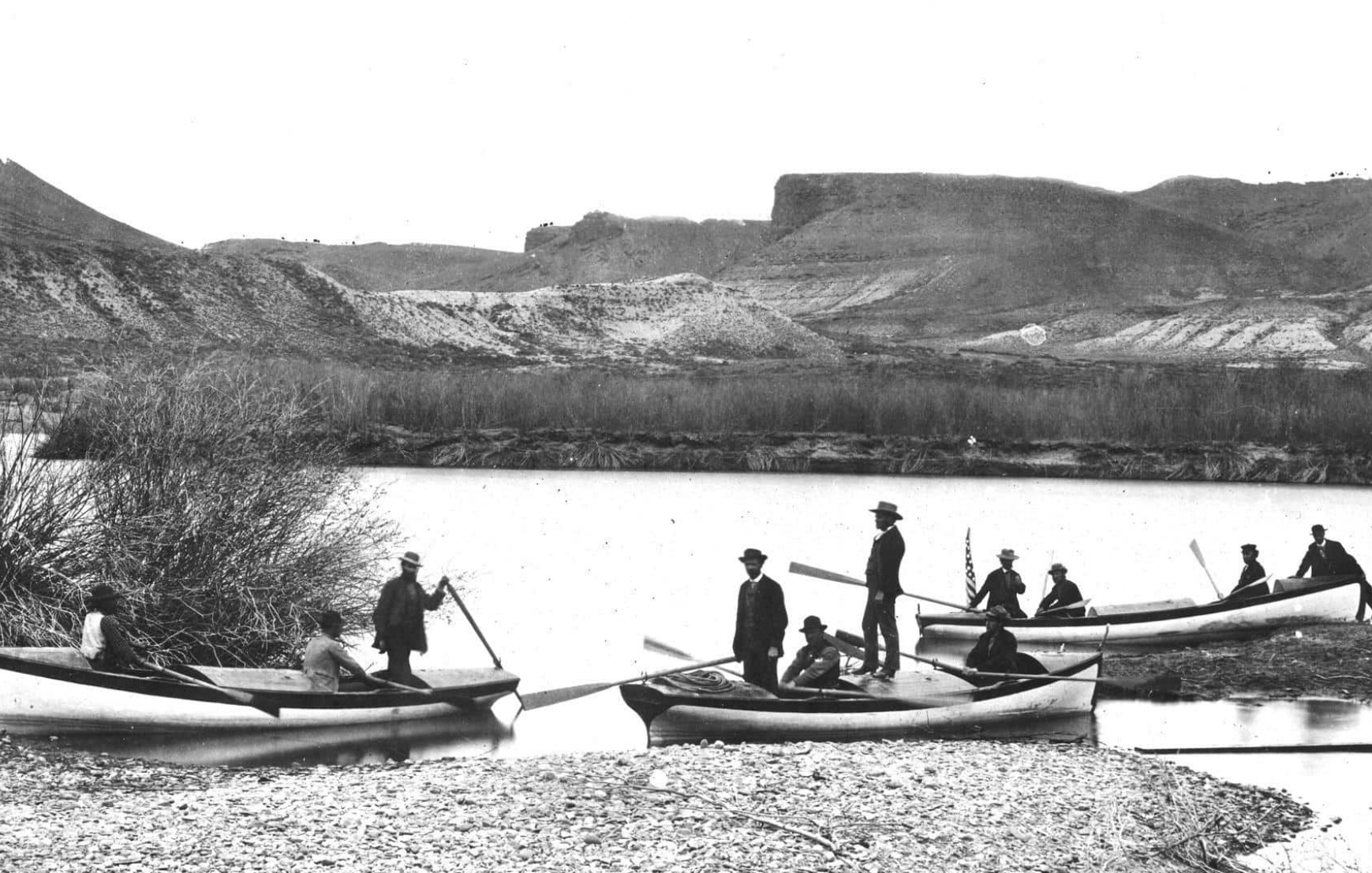
John Wesley Powell’s second expedition
4. Pioneers settled in the Grand Canyon in the 1880s
The first pioneers were attracted to the Grand Canyon due to the copper mining opportunities available in the region. However, they quickly realized that tourism was much more profitable. Tourism to the Grand Canyon increased after 1901 when a spur of the Sante Fe Railroad was completed, taking tourists from Flagstaff, Arizona, to Grand Canyon Village.
Oliver Lippincott was a Los Angeles photographer who made the daring decision to drive 70 miles from flagstaff to the
South Rim of the Grand Canyon. At the time, this journey was considered impossible by car and tourists went by train. He left in January of 1902 with a local guide and two reporters from the Los Angeles Herald. He drove a 1901 Toledo steam car, a car that used a boiler to heat water into steam which powered the pistons of the car. The journey was expected to only take 7 hours, instead, it took them two days.
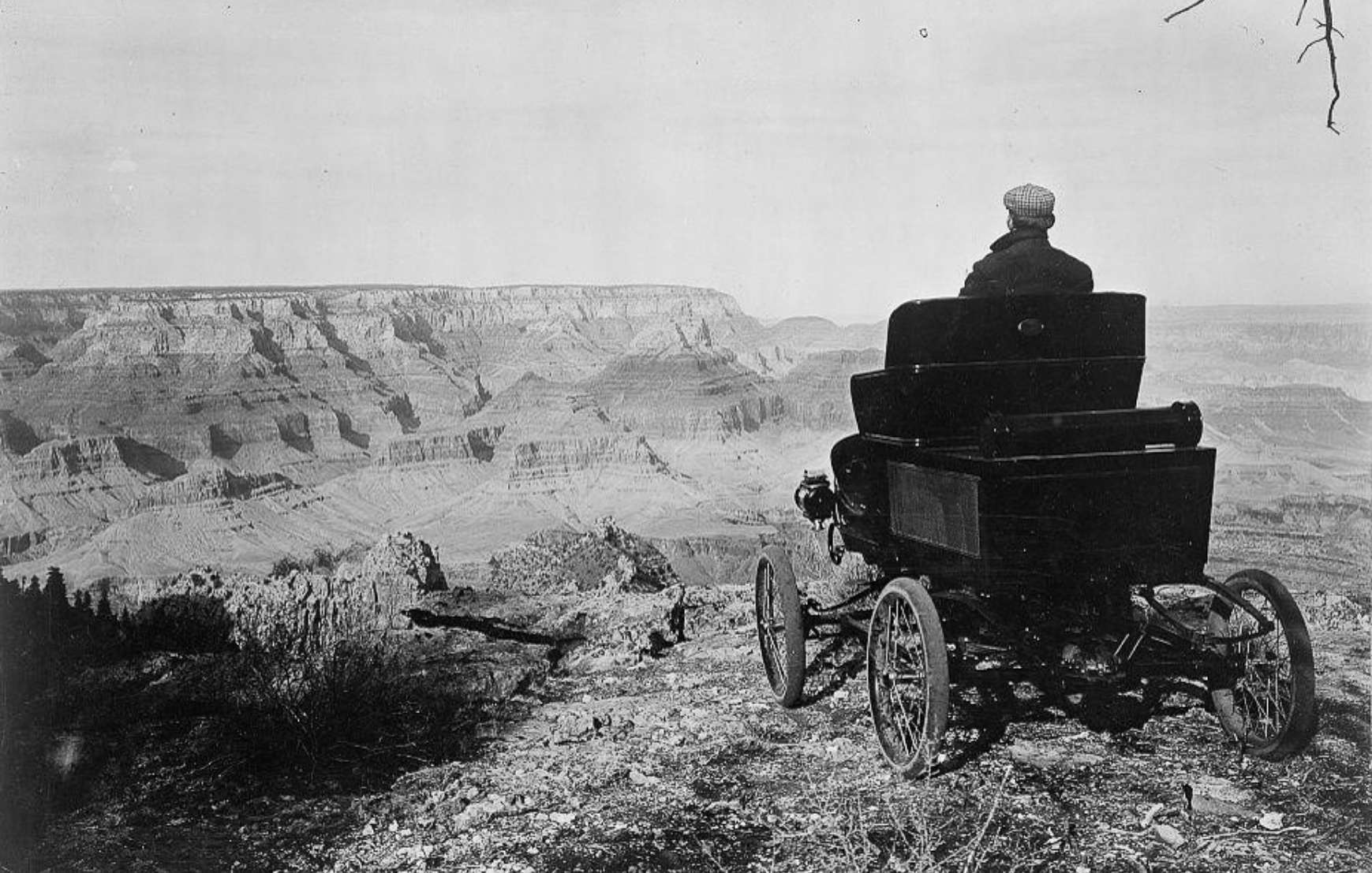
A member of the pioneer automobile party in a Toledo car at the rim of the Grand Canyon, Grand View Park, Arizona,1902
5.The Grand Canyon became a national park in 1919
Three years after President Woodrow Wilson established the National Park Service, the Grand Canyon was declared a national park. During its first year as a national park, it attracted over 44,000 visitors. Today, this incredible park receives over 5 million guests every year.
Visit the Grand Canyon and Explore the Southwest
Immerse yourself in the history of the Grand Canyon and begin your own expedition of the Southwest with EXP Journeys. Charter a helicopter tour over the Grand Canyon, river raft on the Colorado River, and explore the National Parks. Walk in the footsteps of the great explorers who risked their lives to discover territory once unknown. Contact us today to book your private, luxury, Southwest experience!
